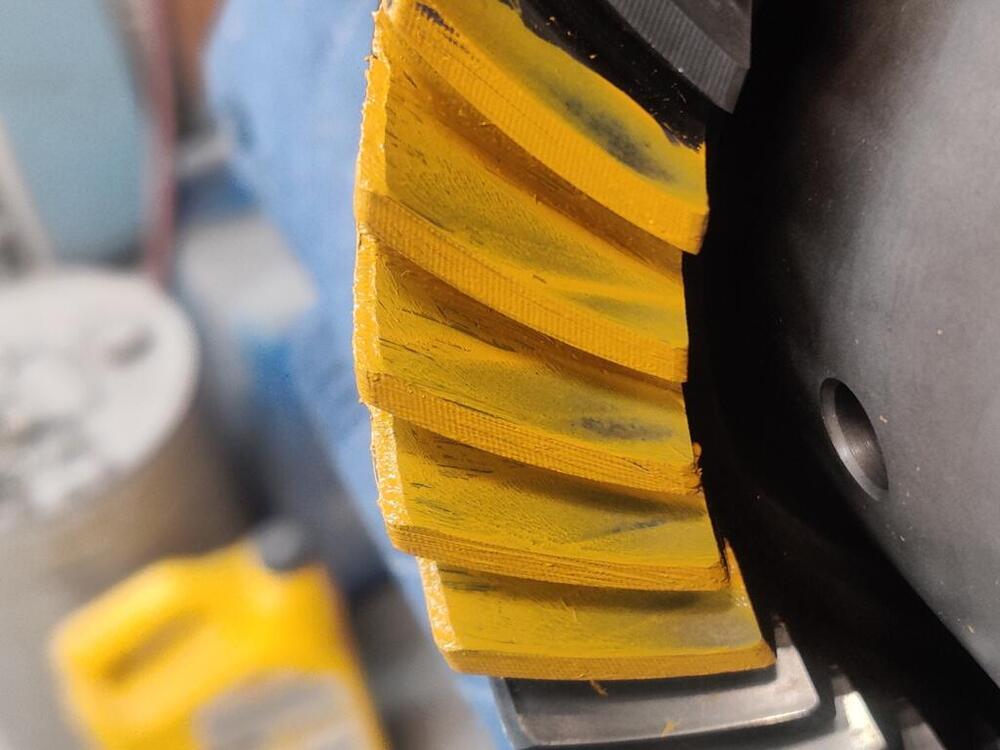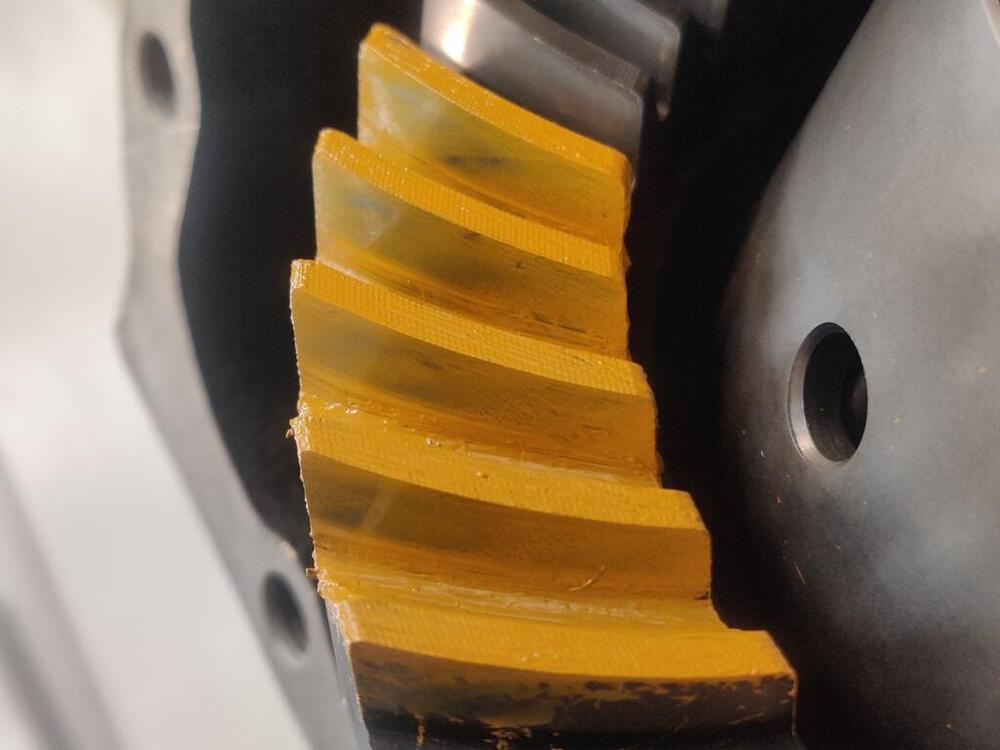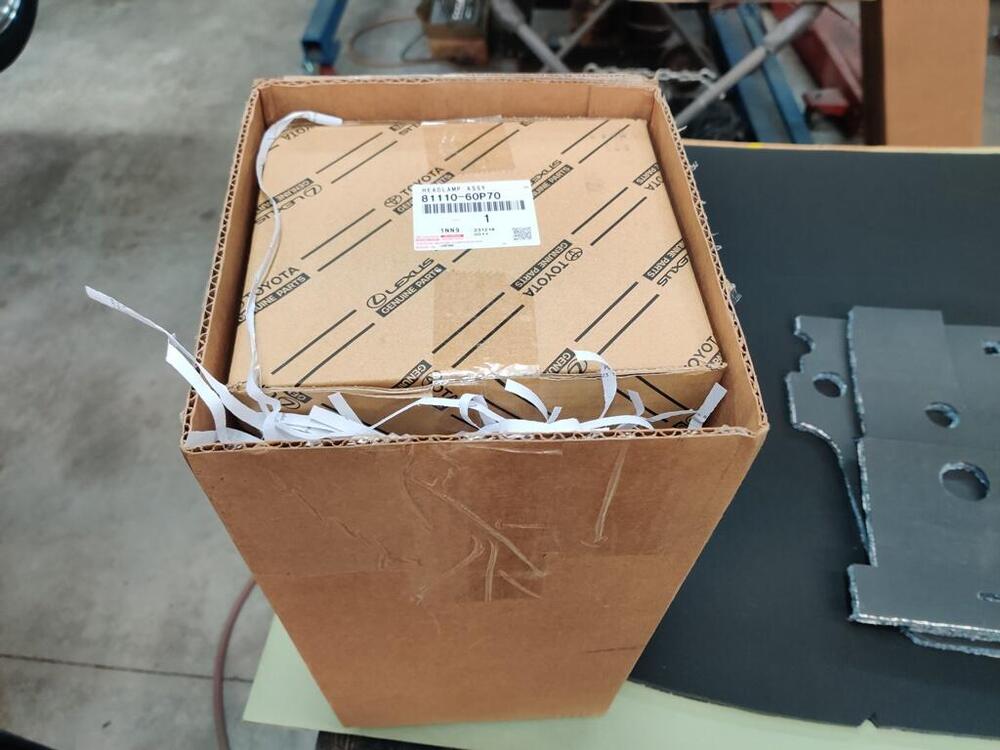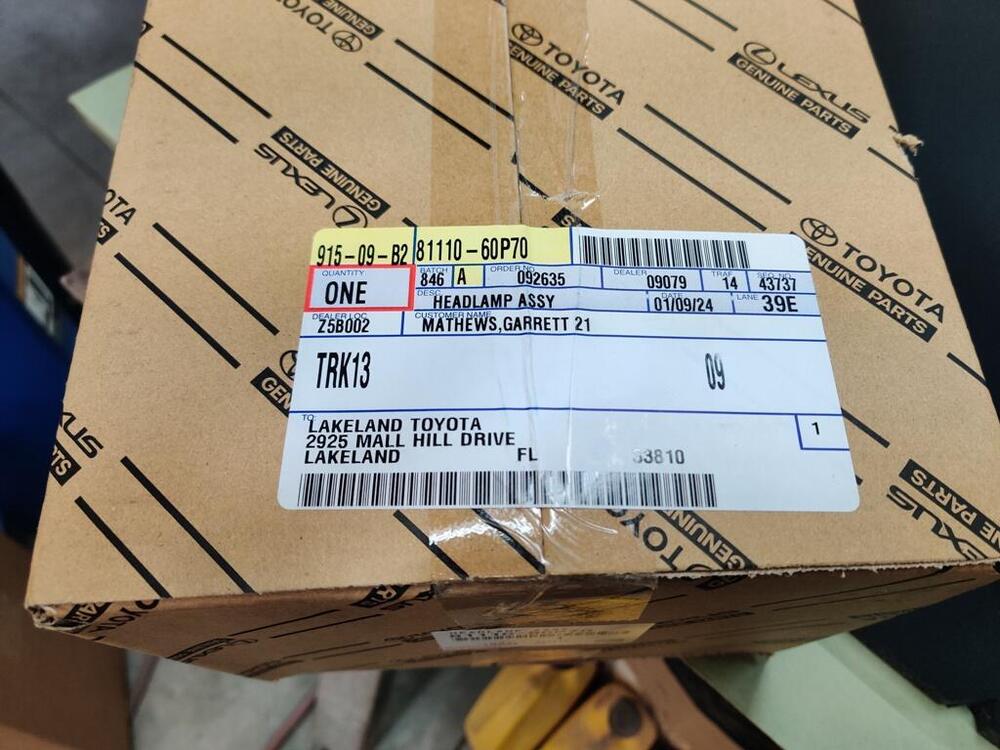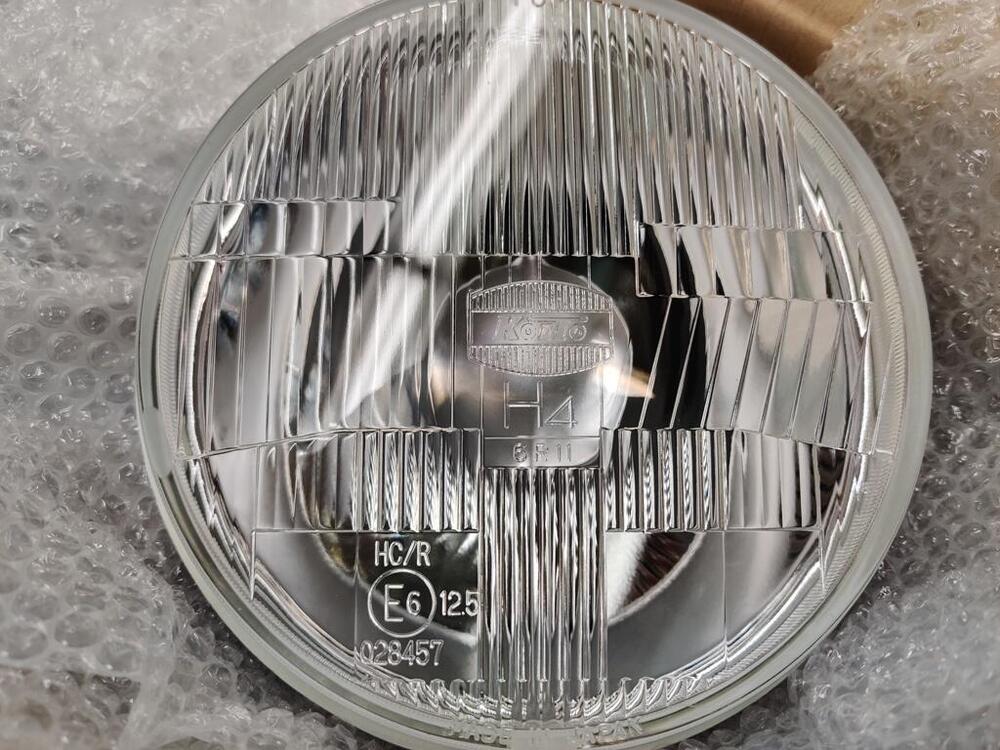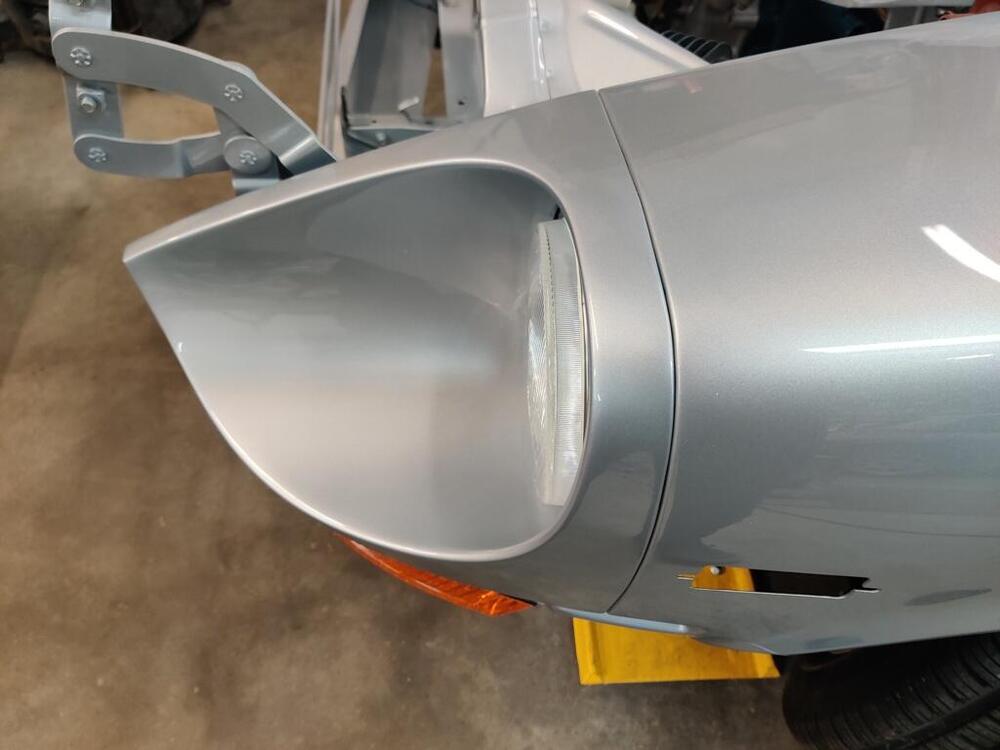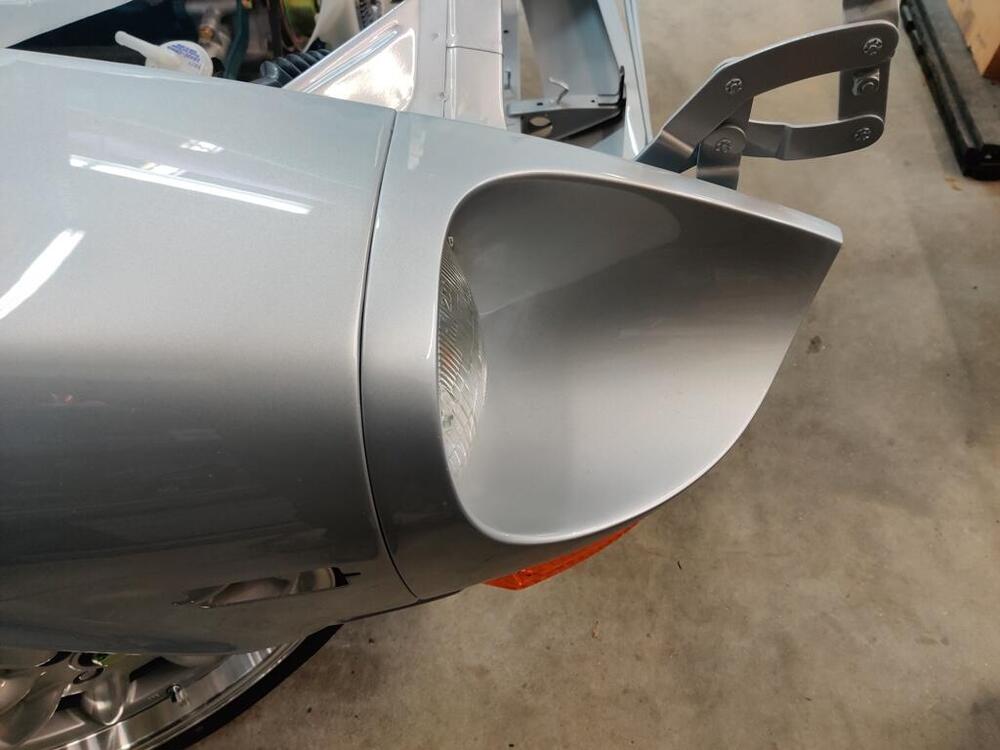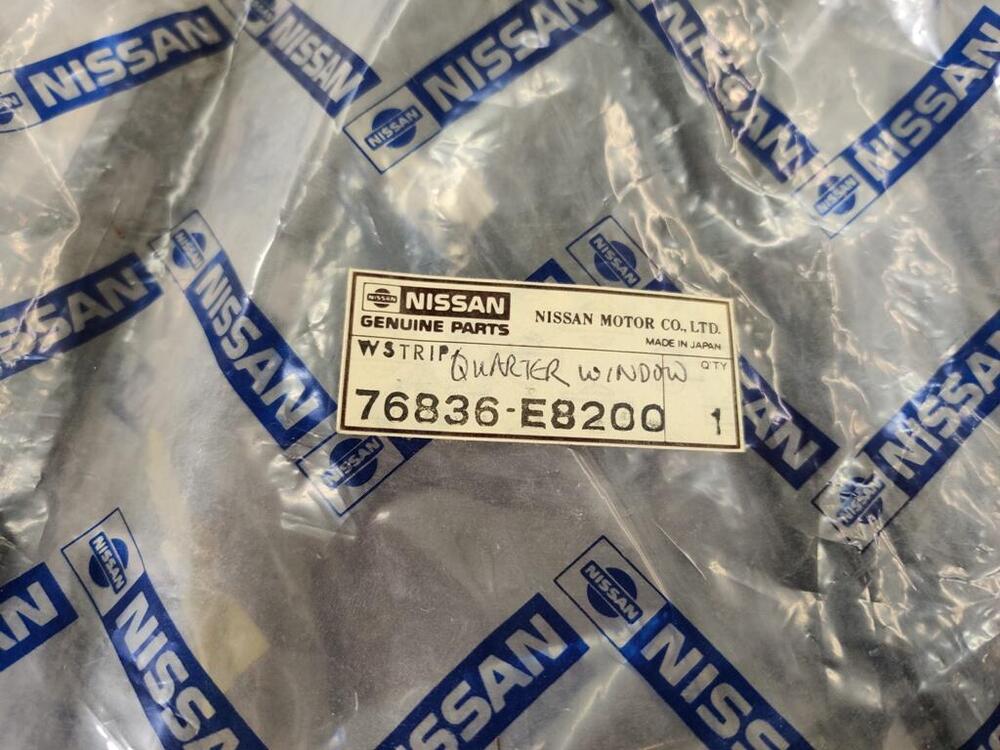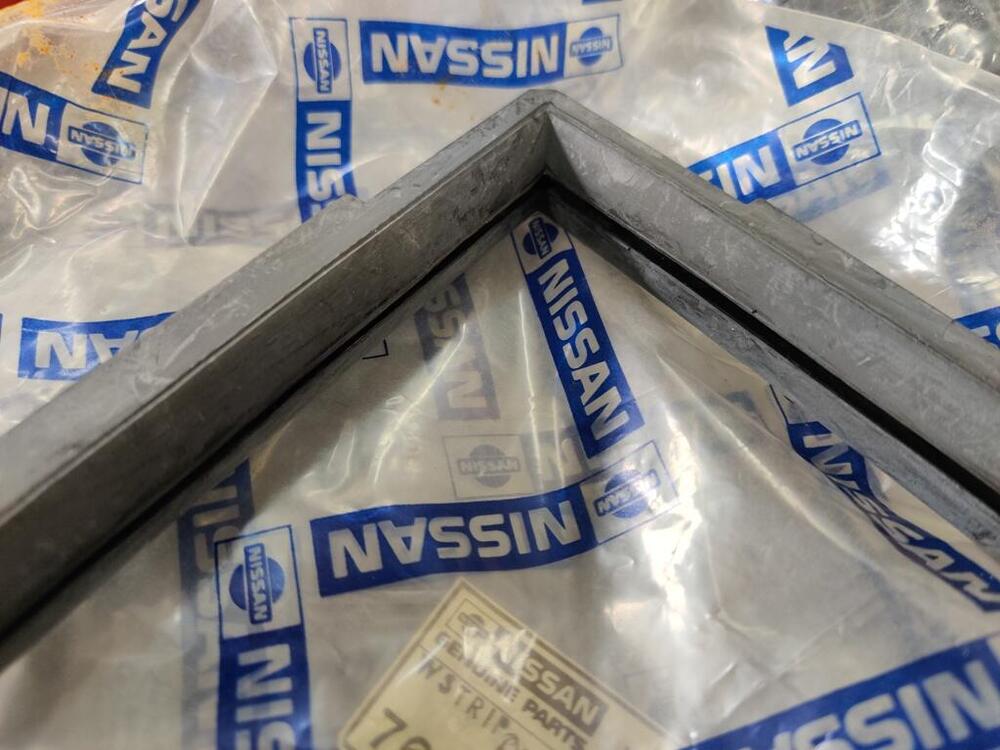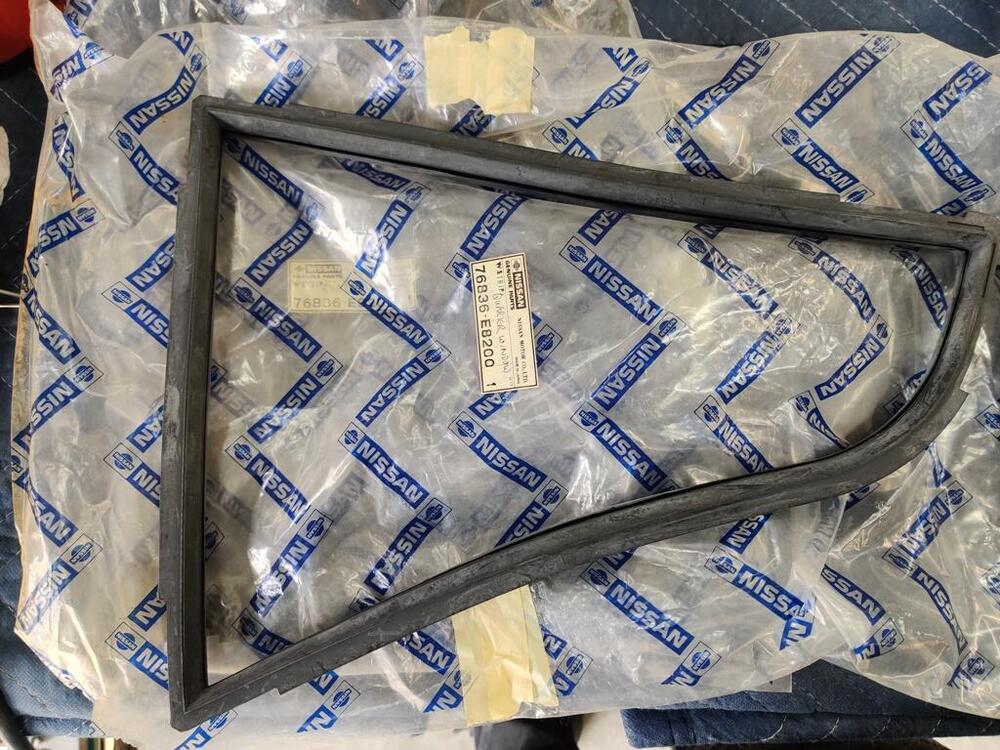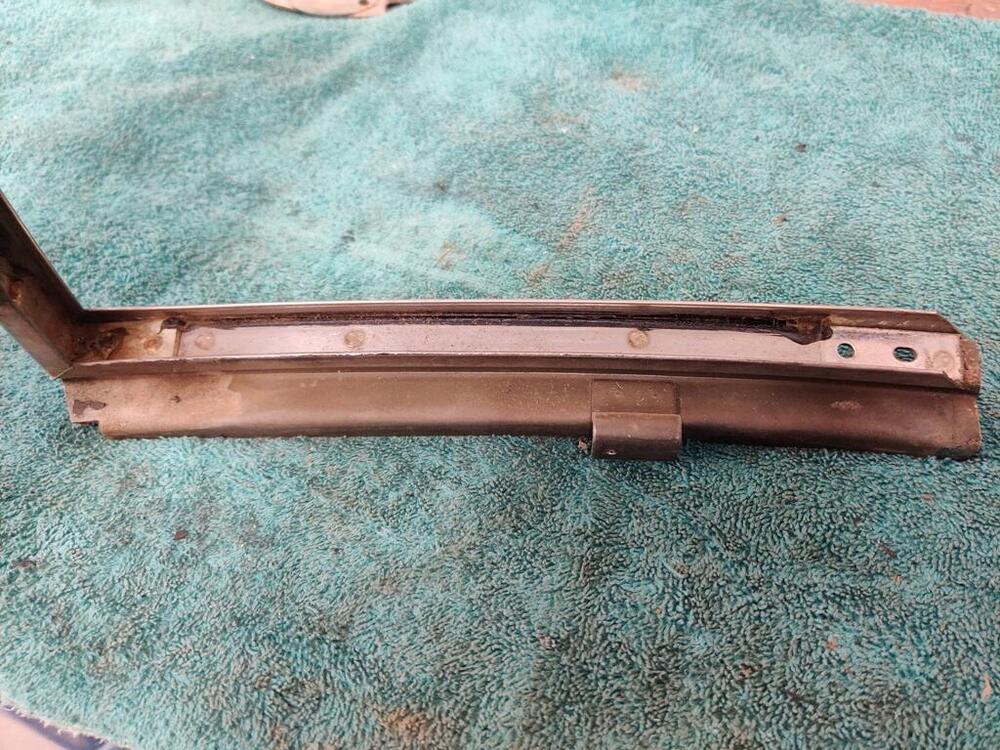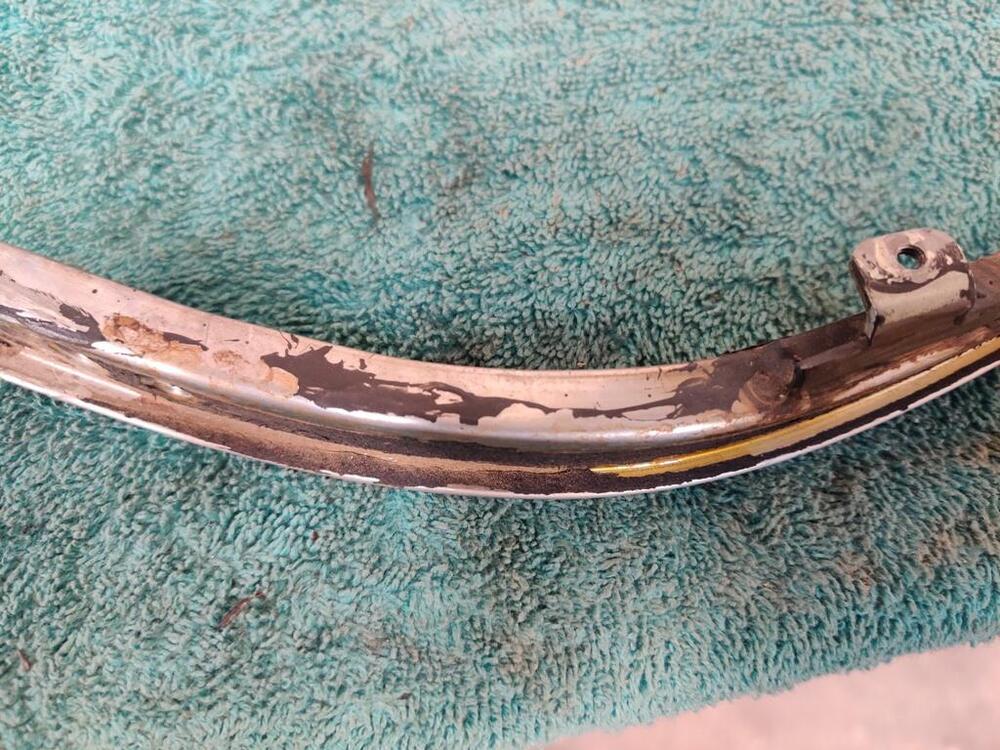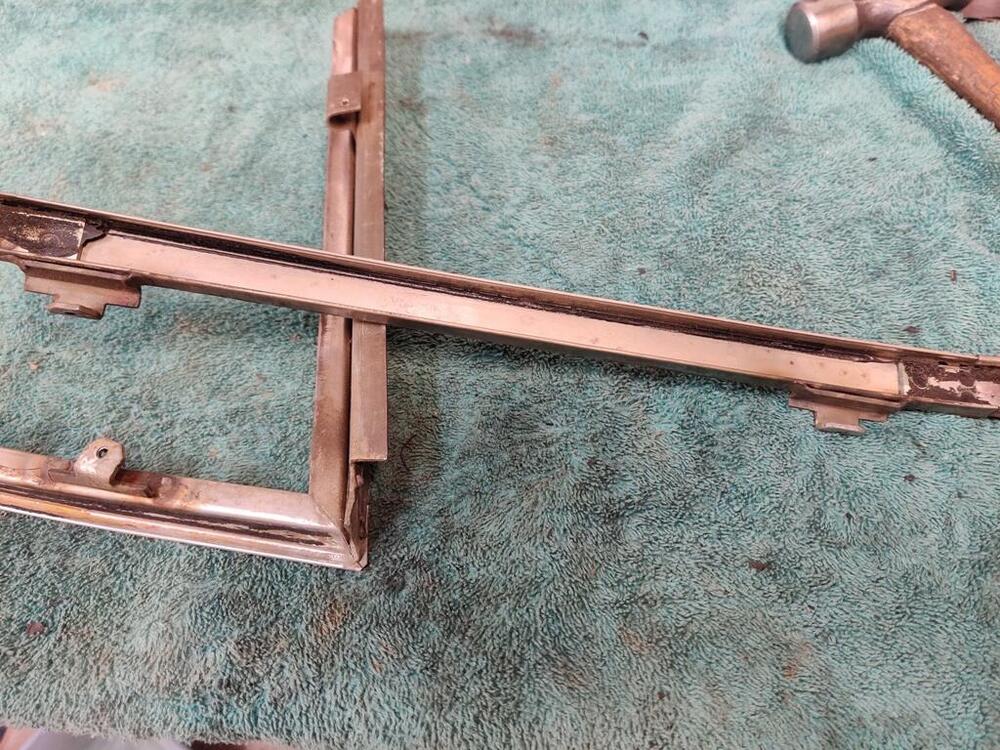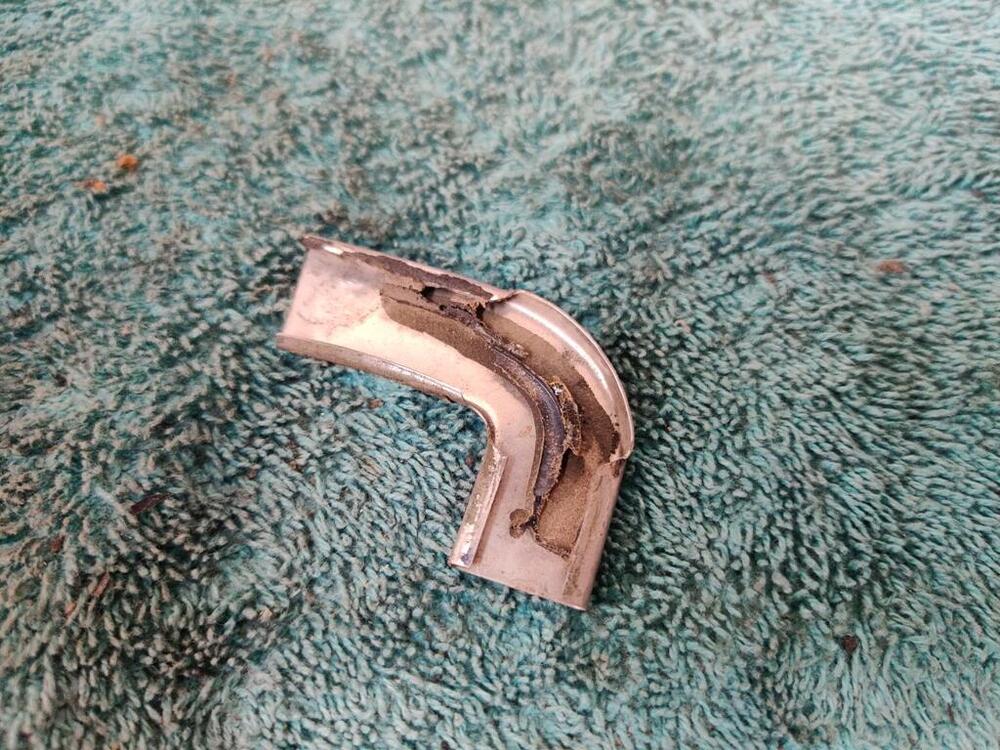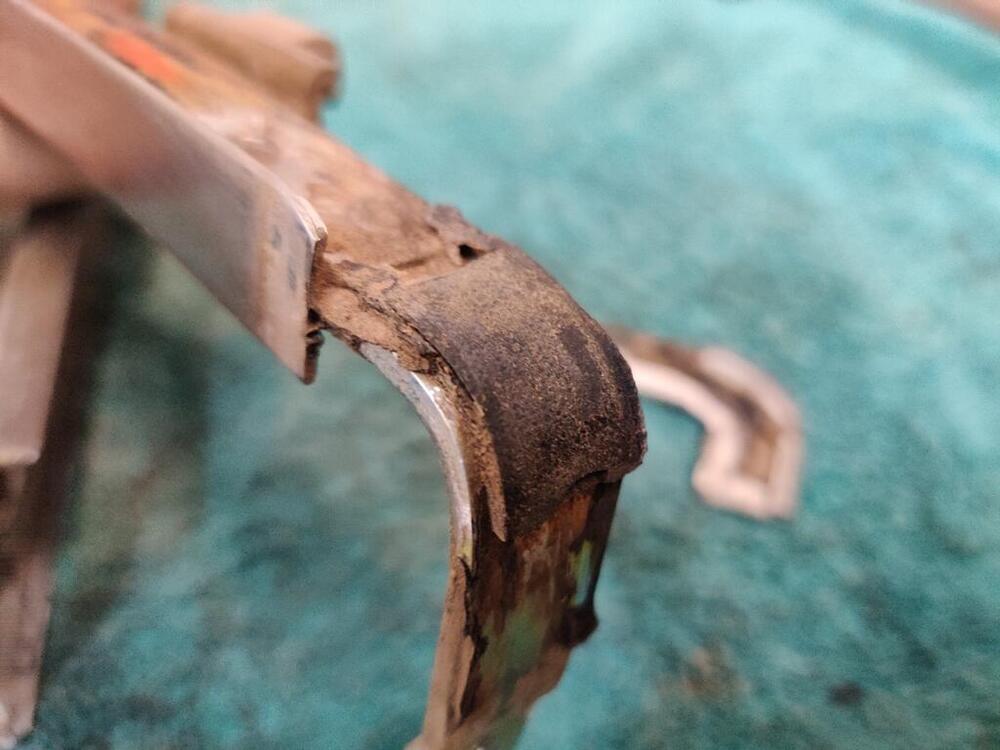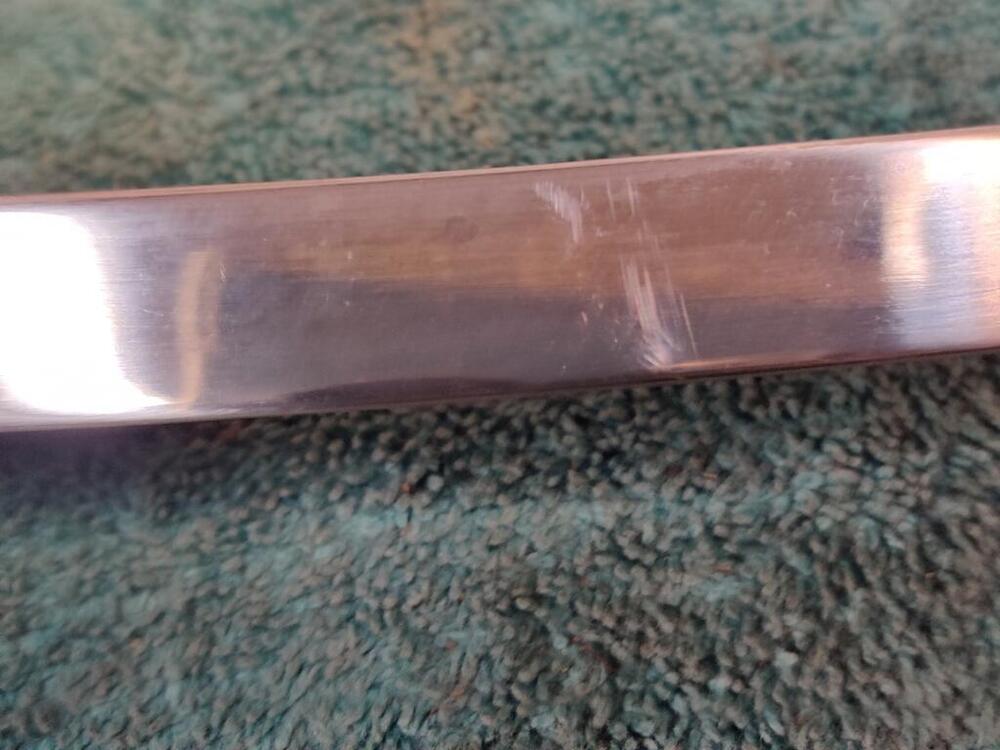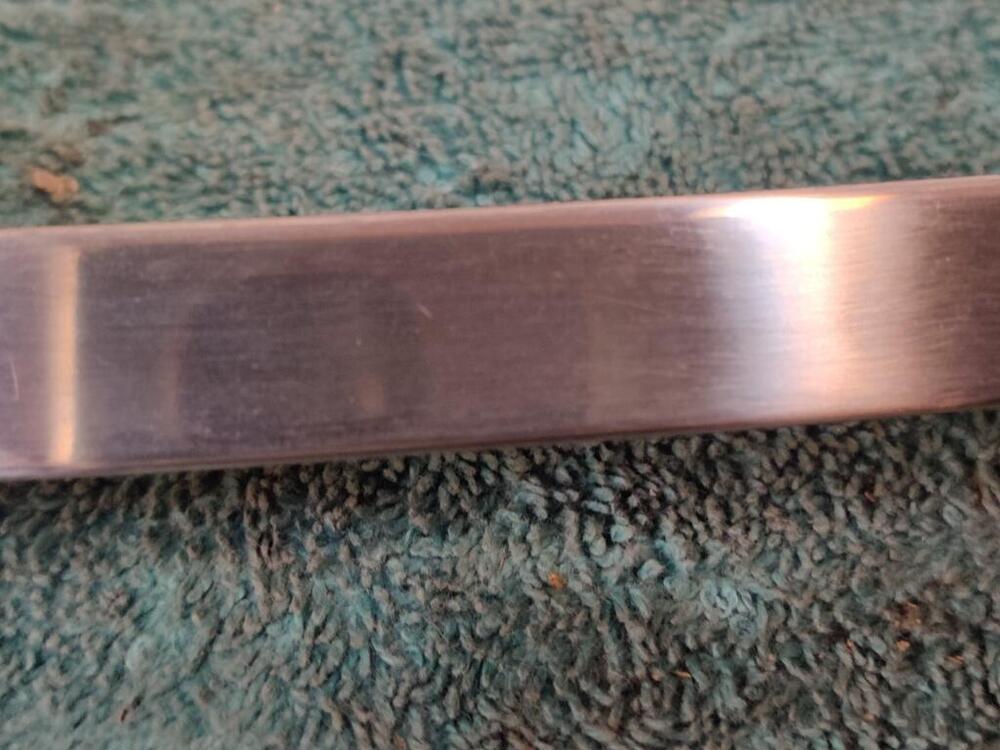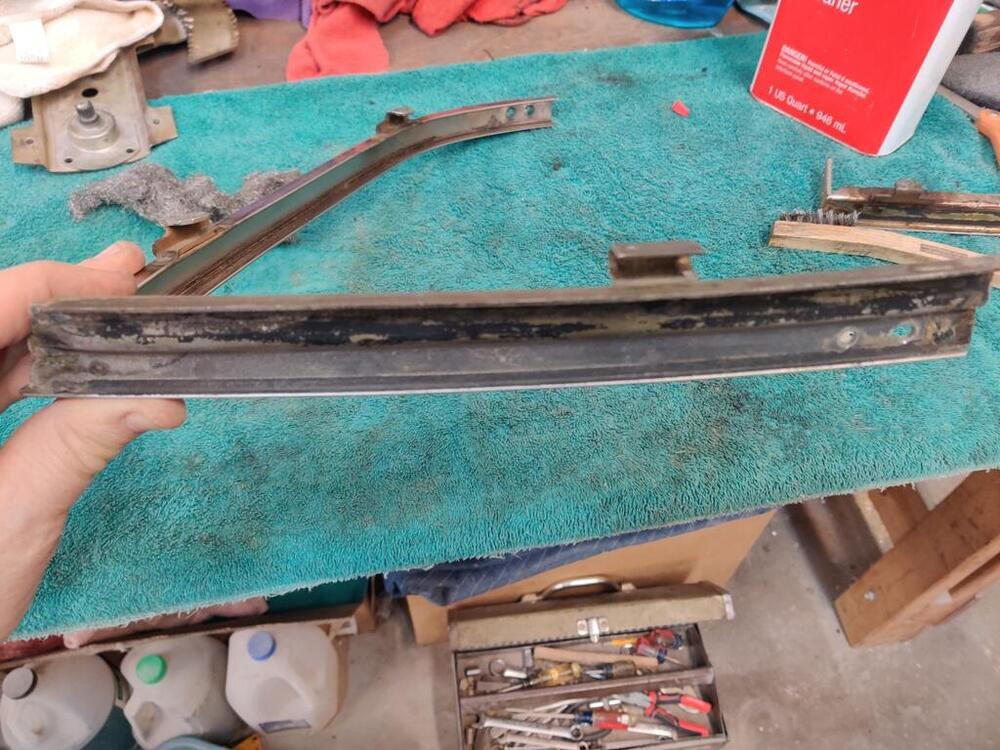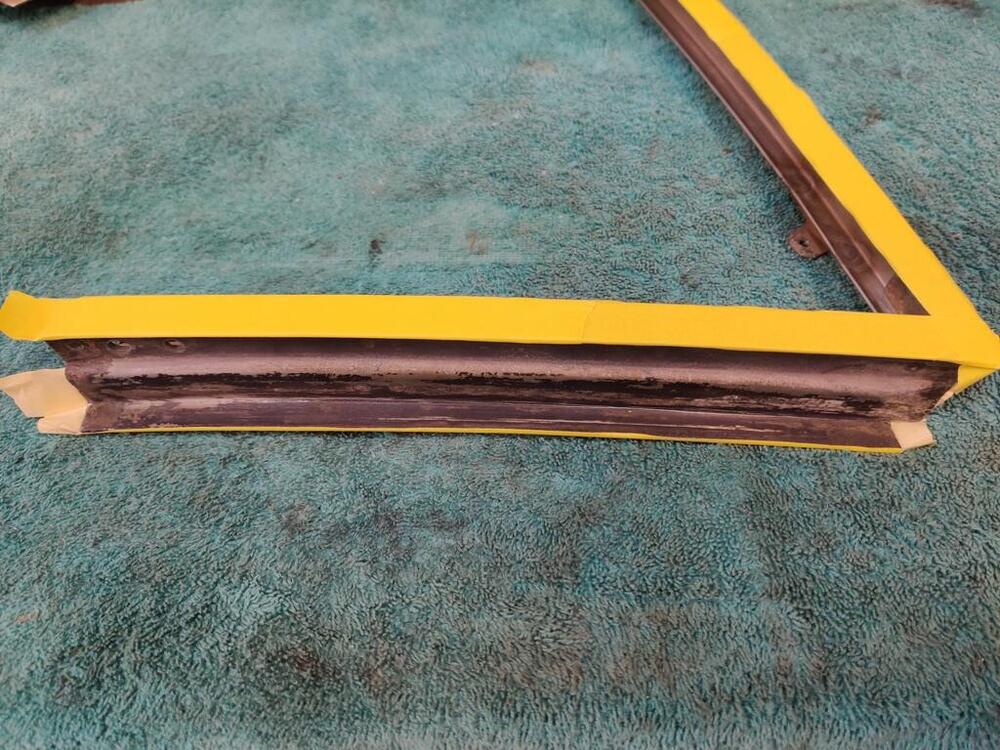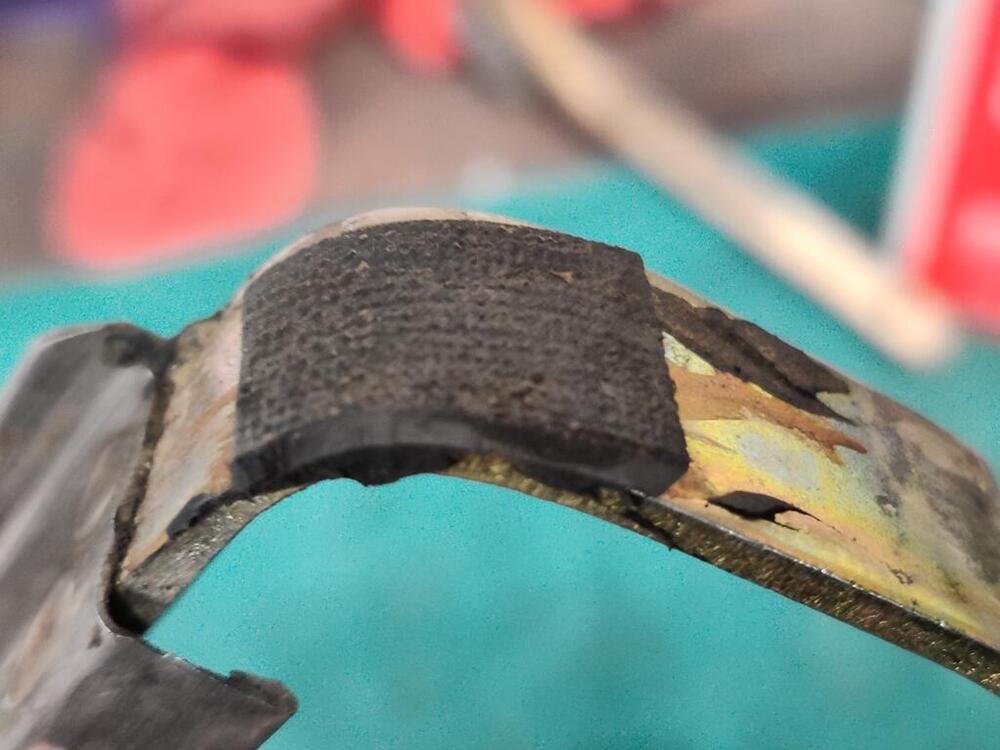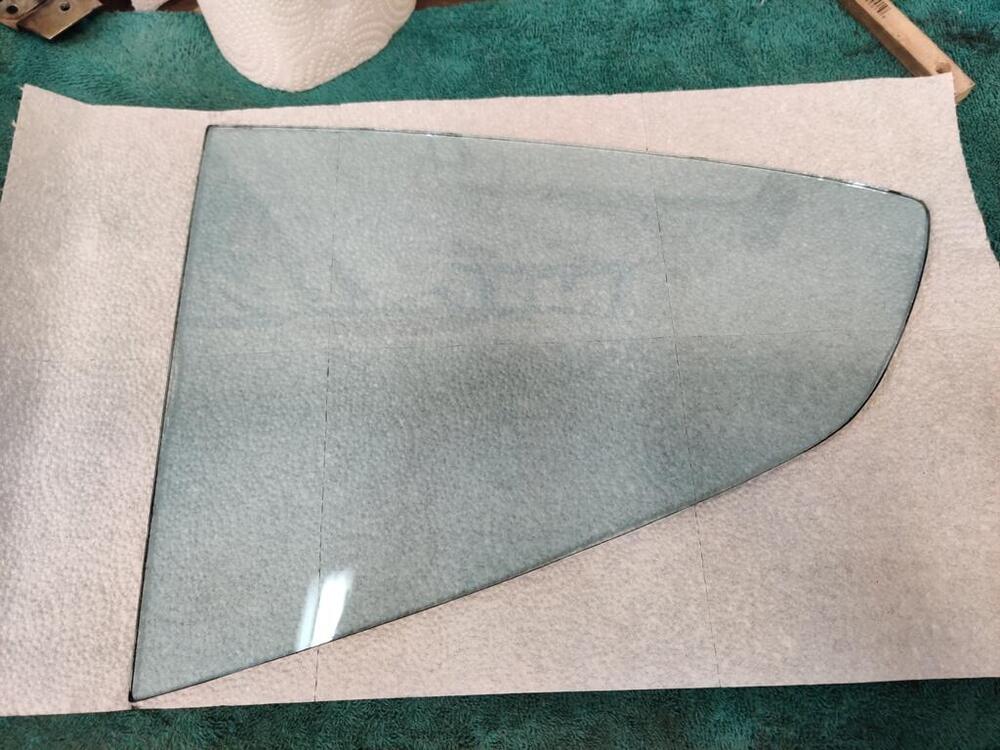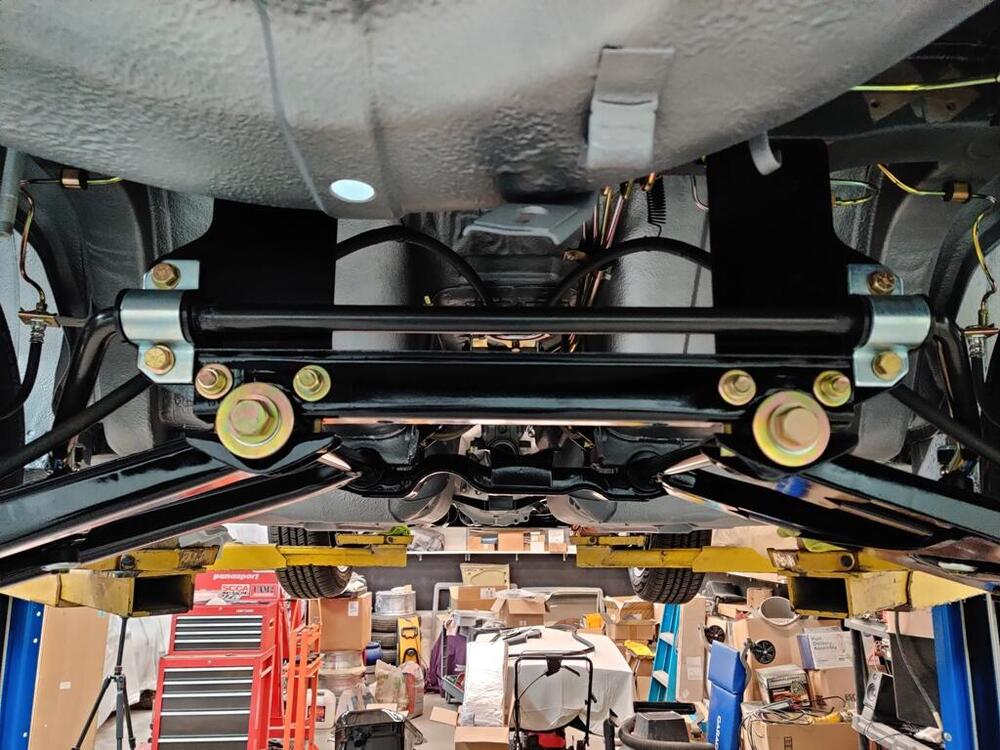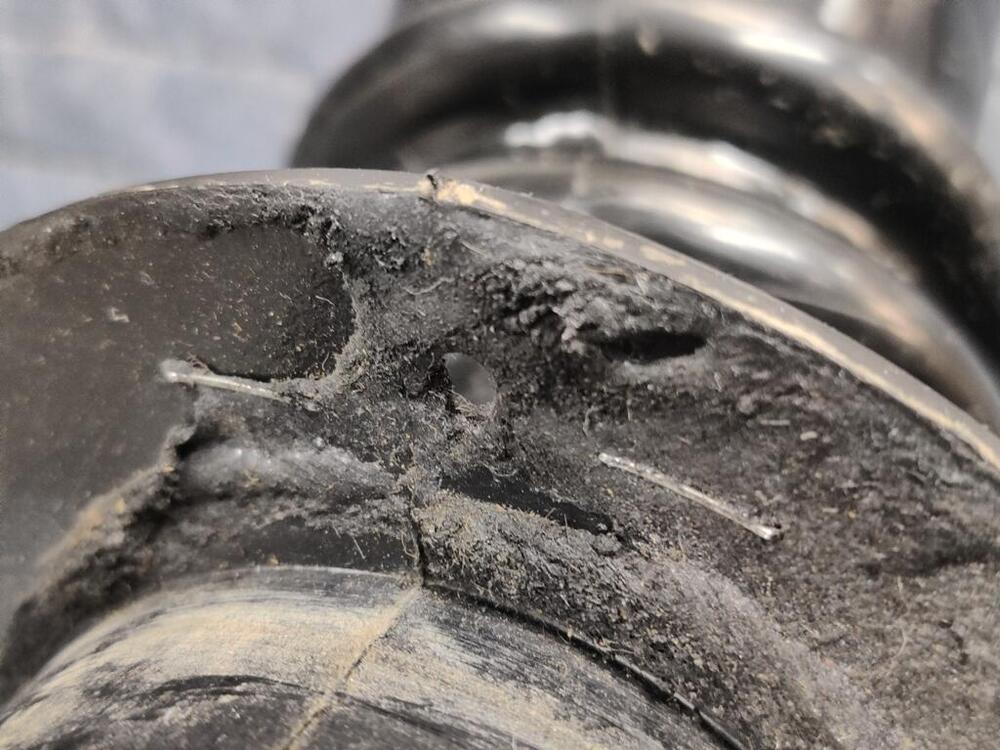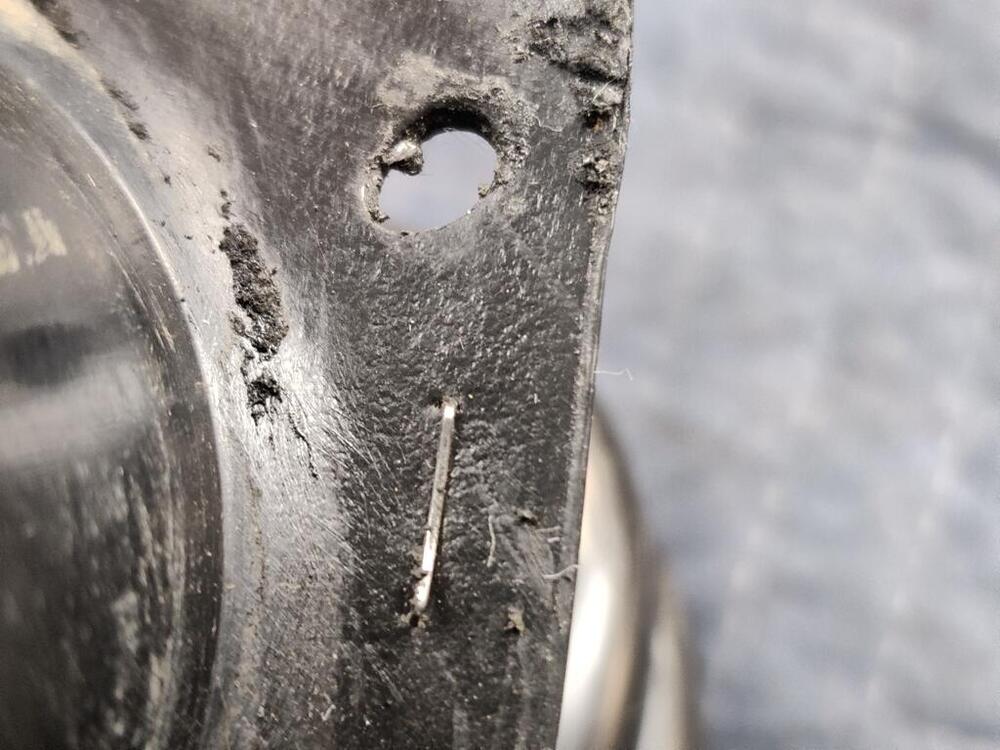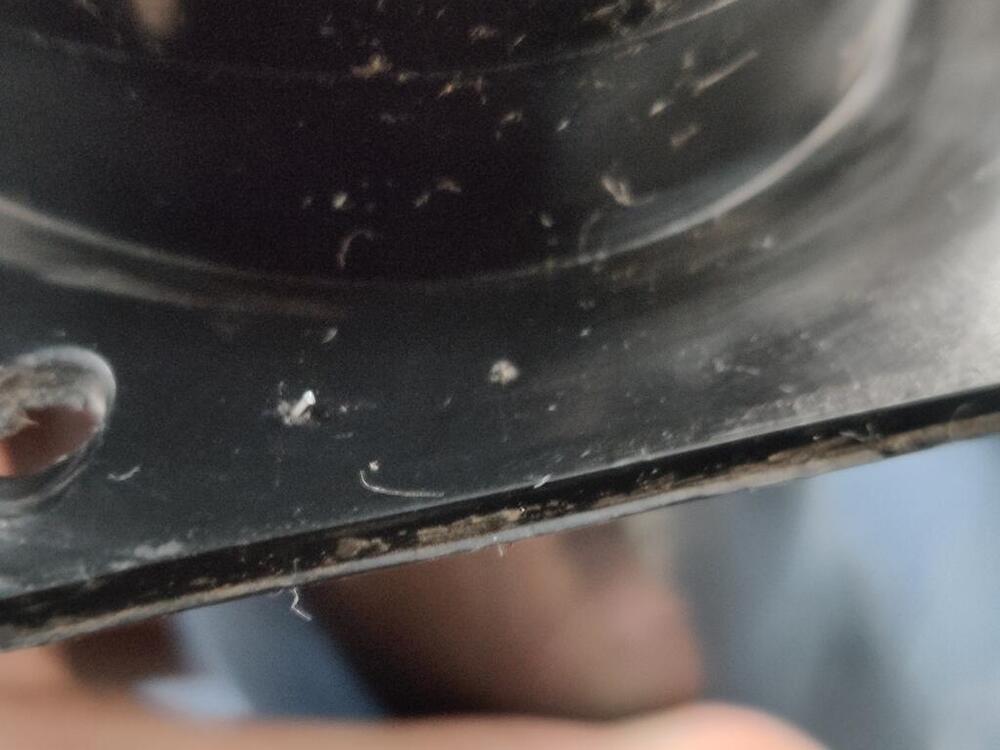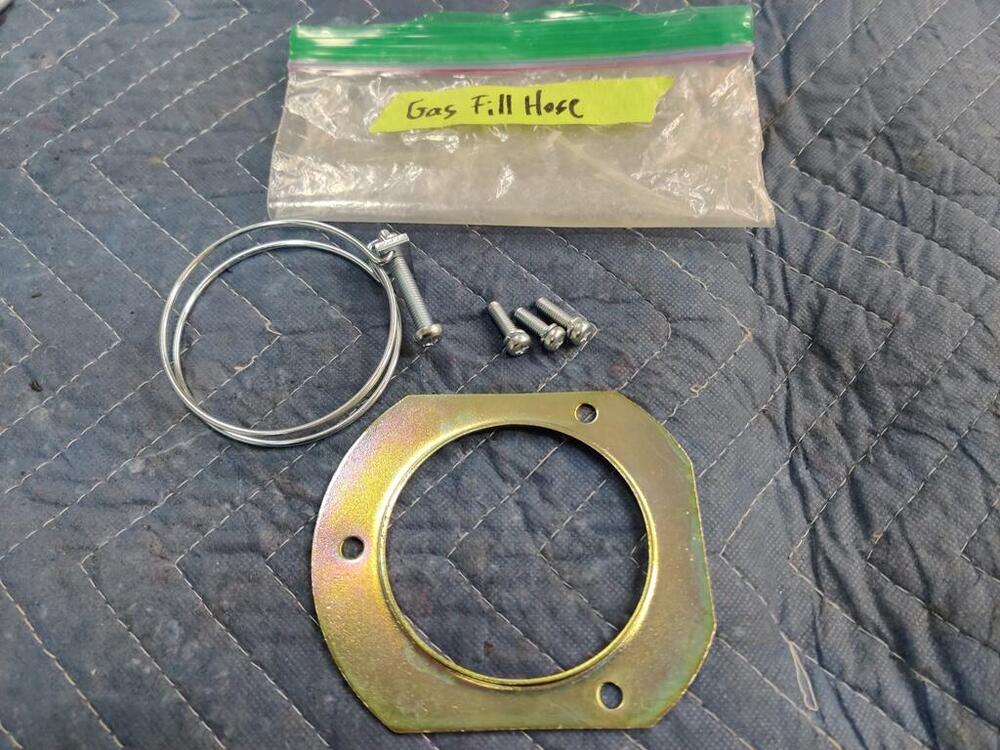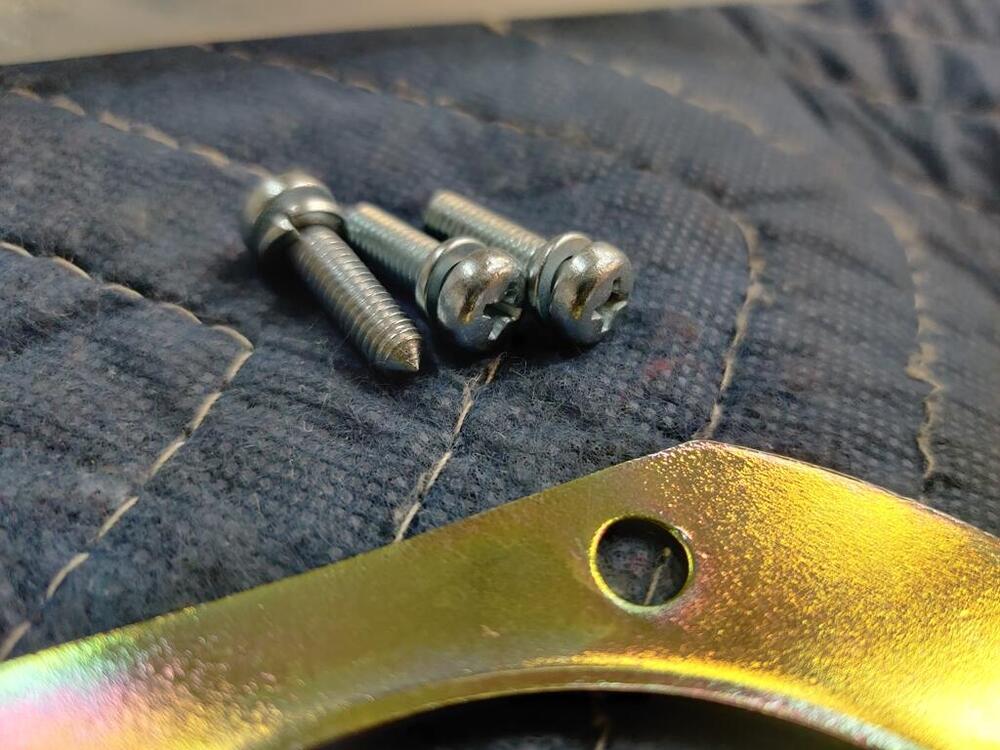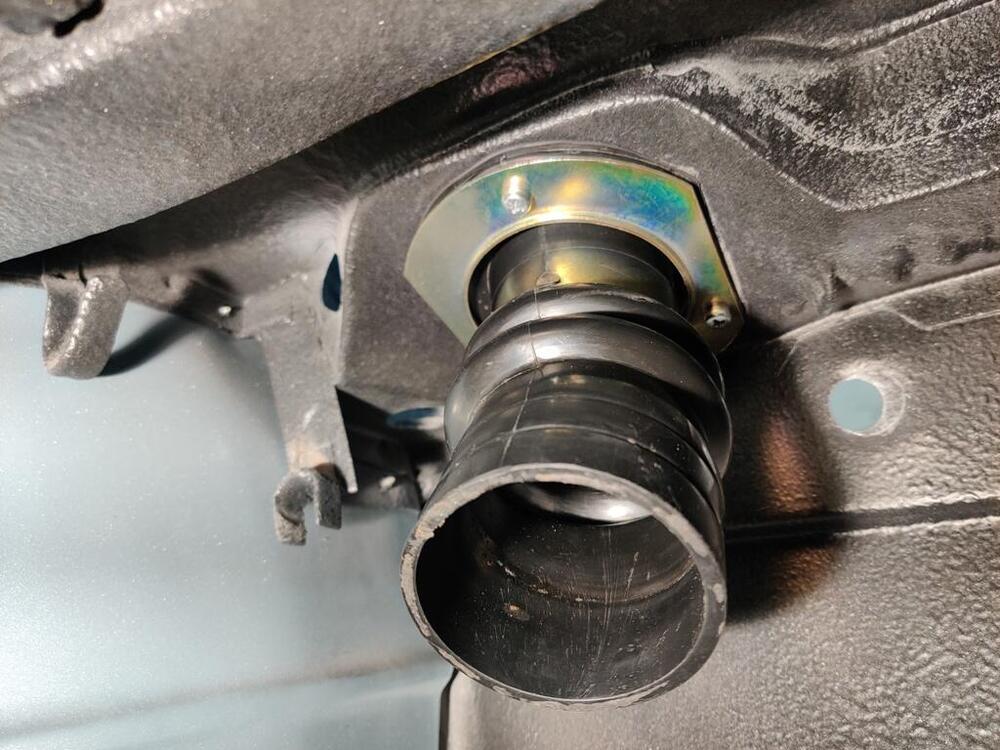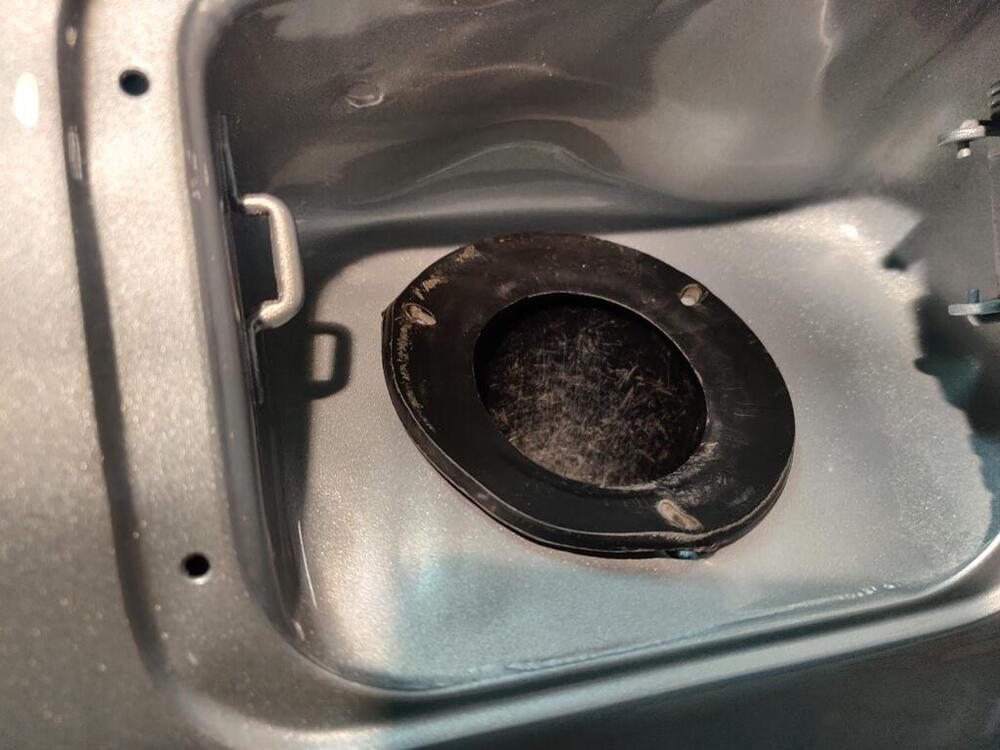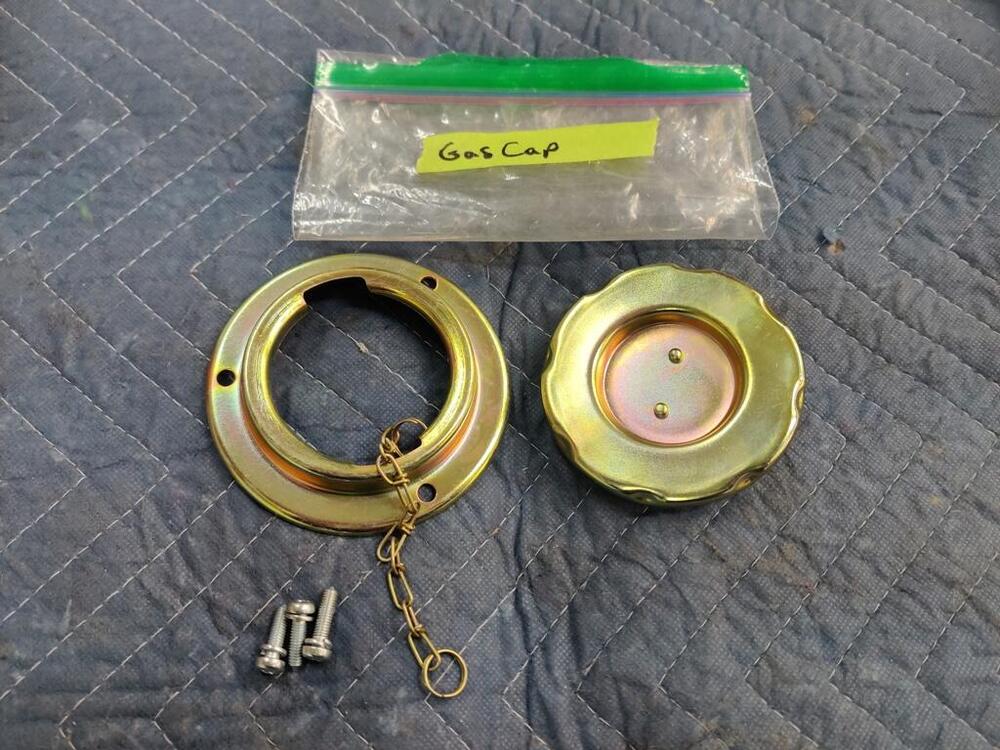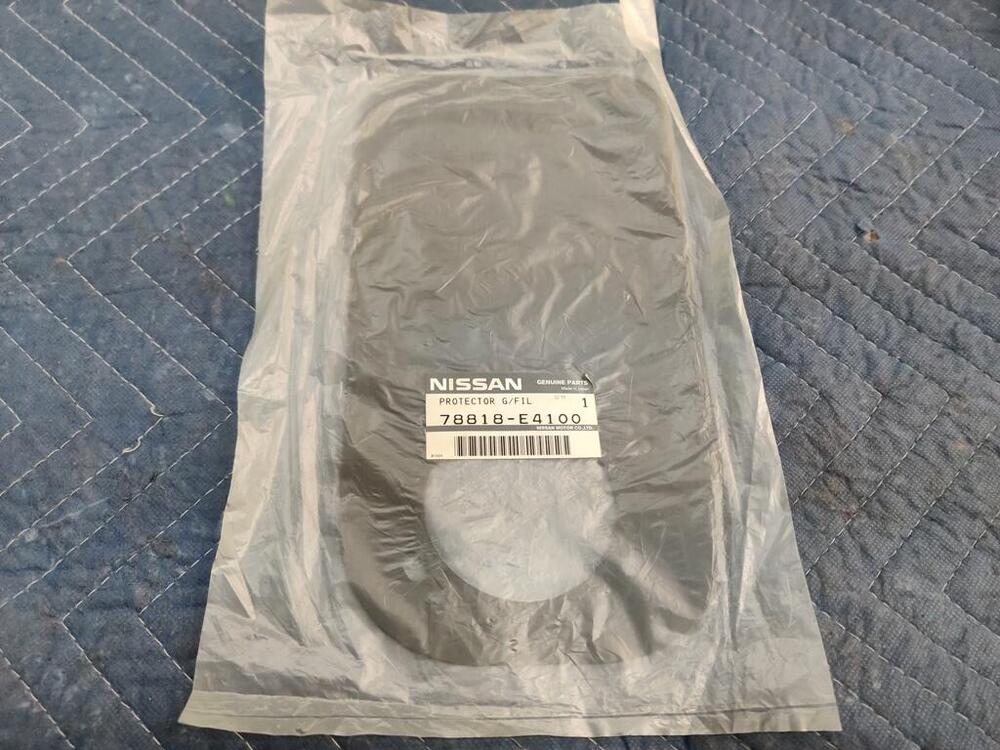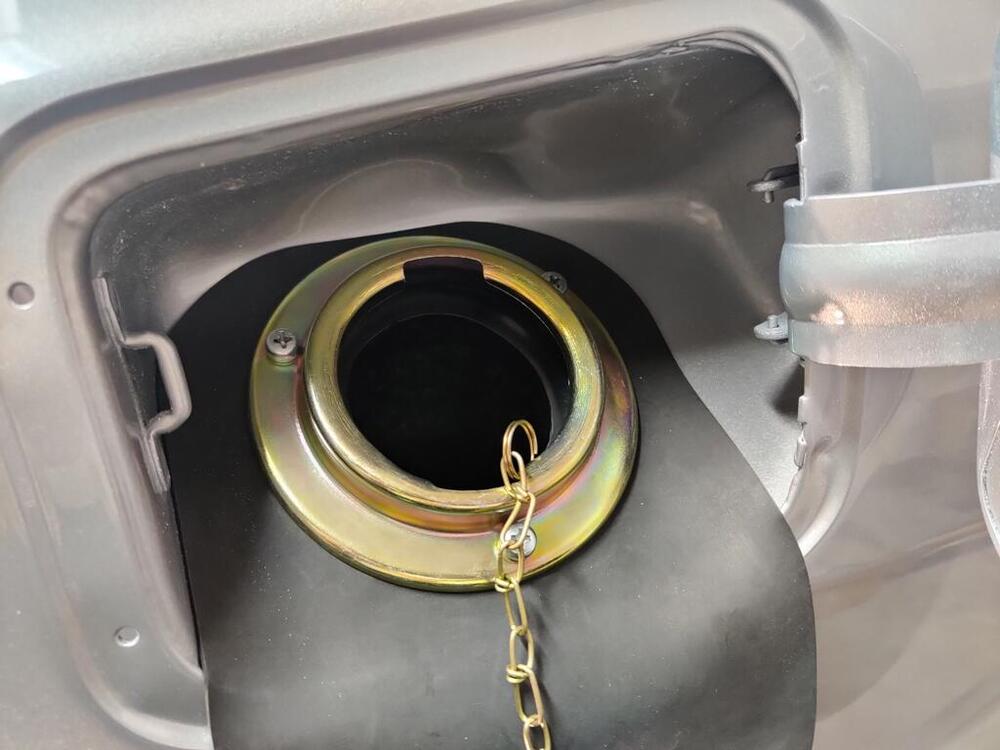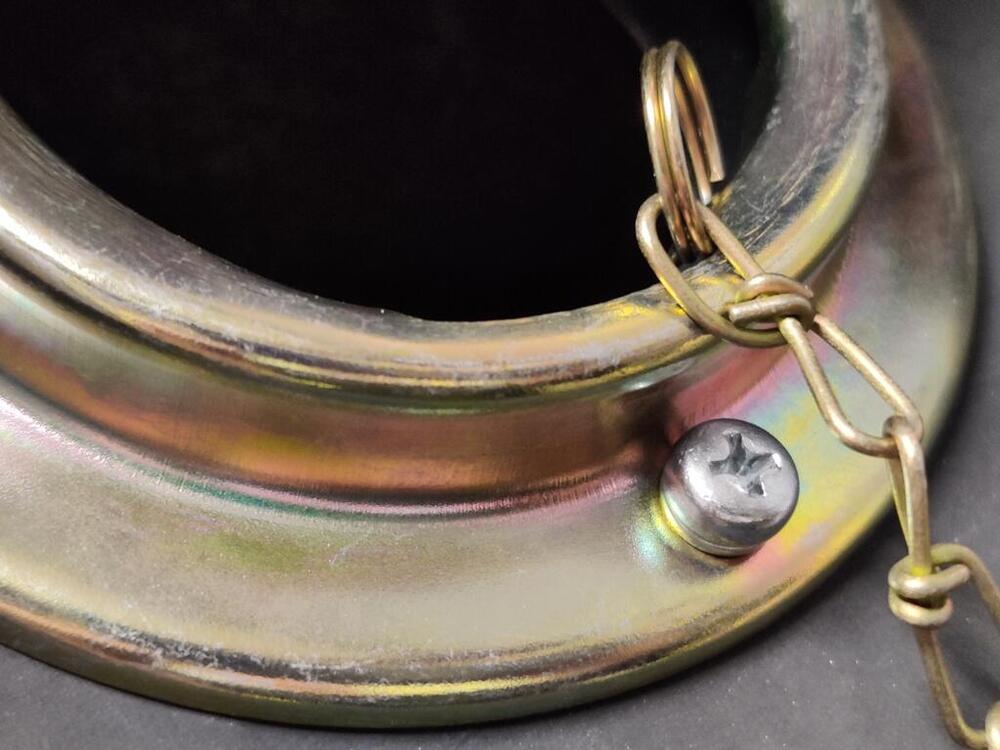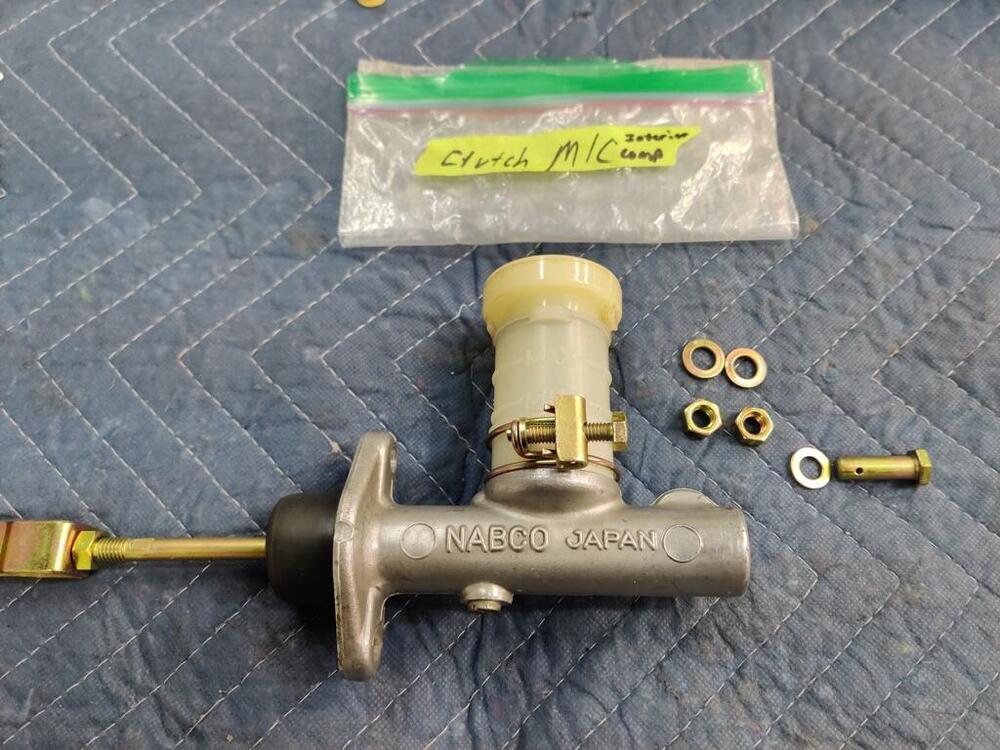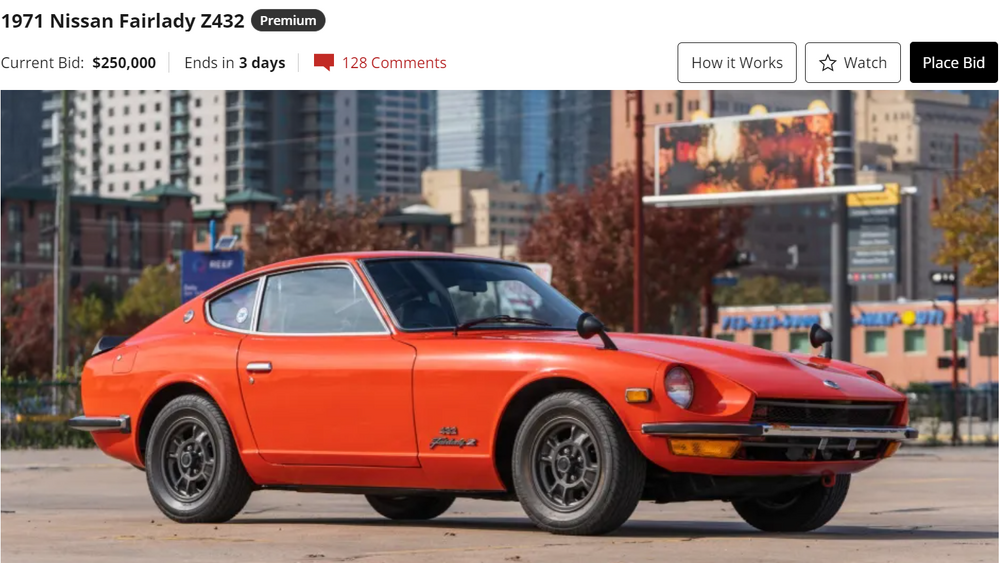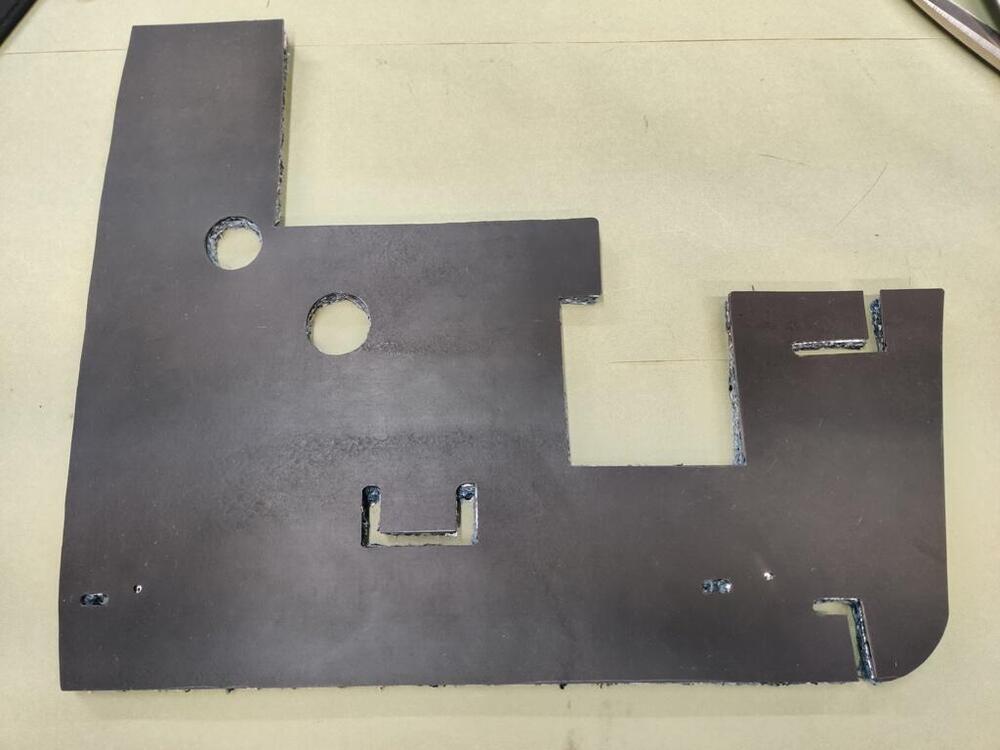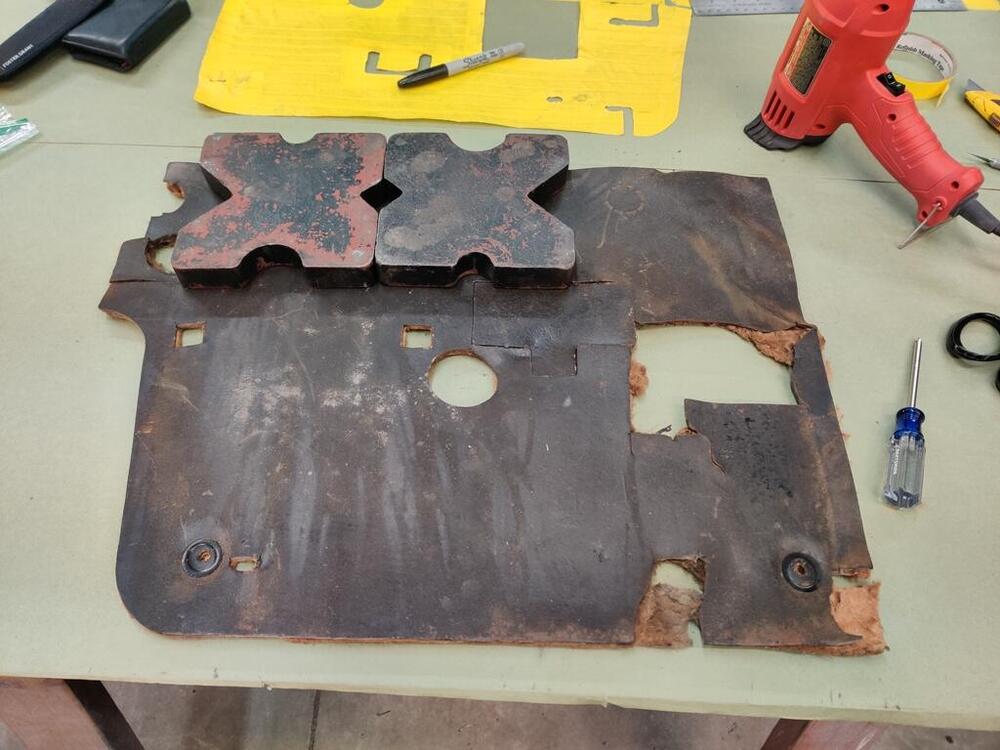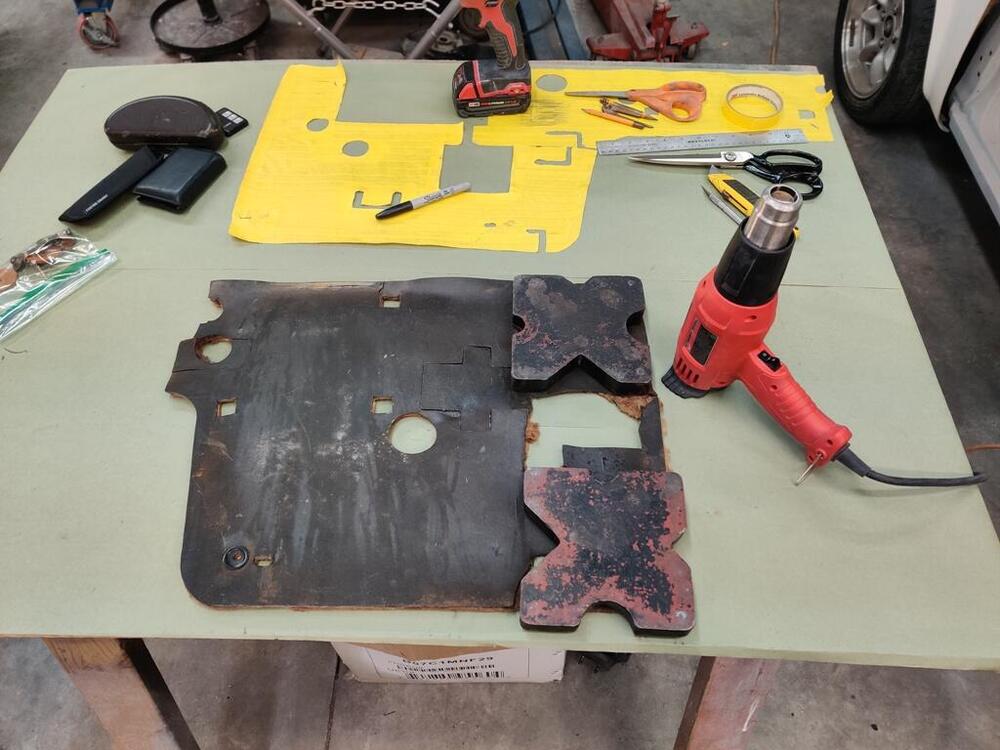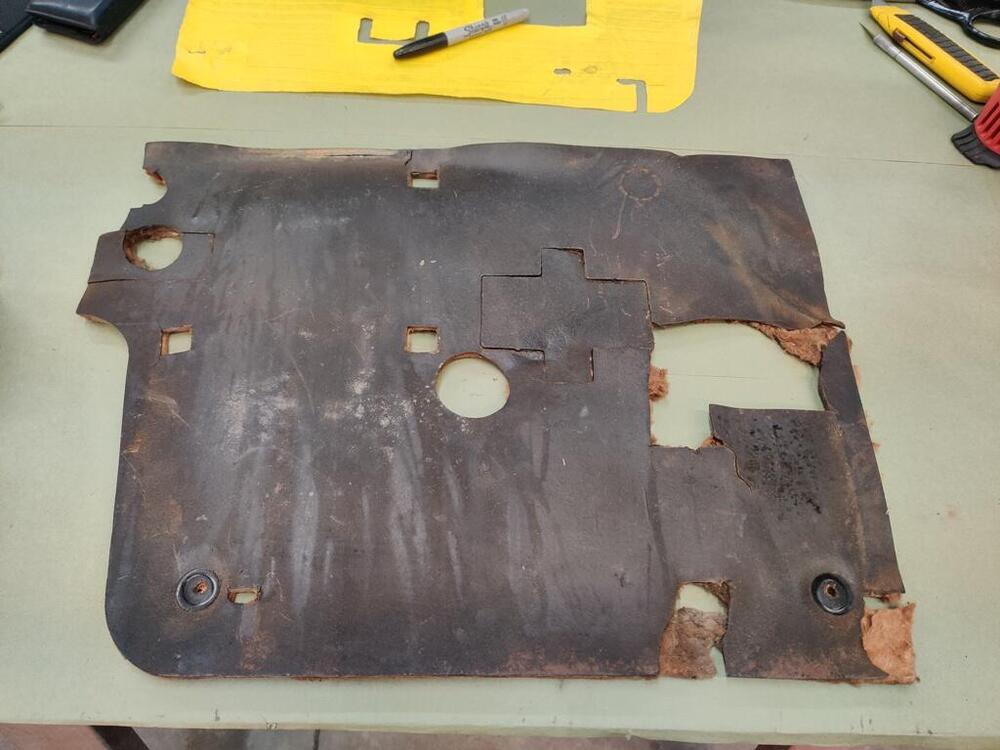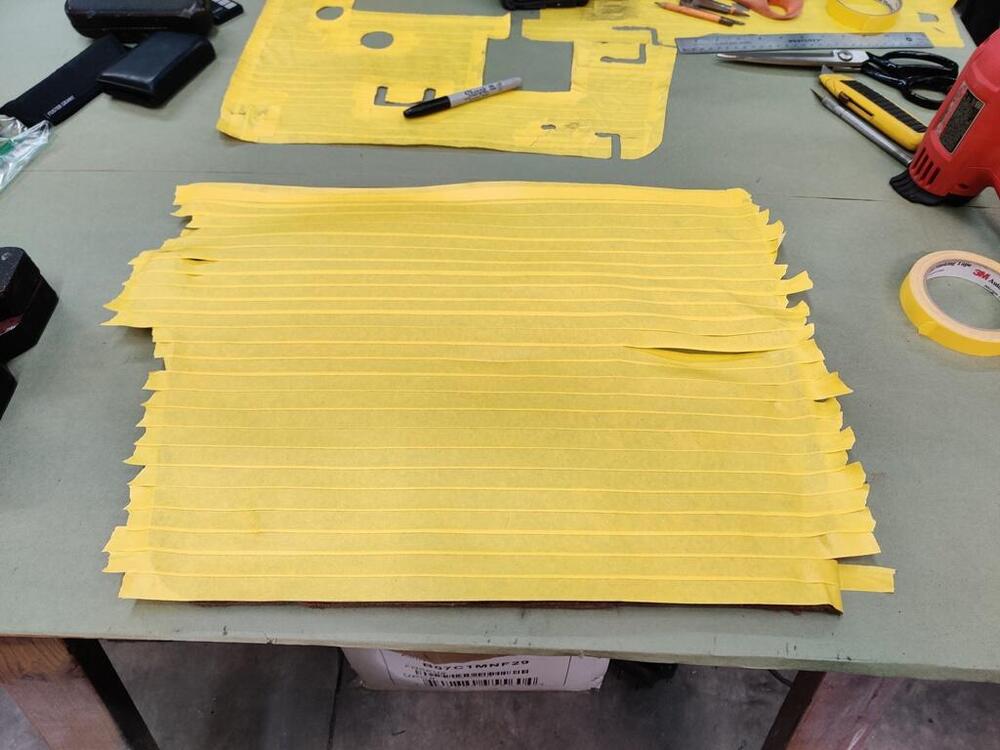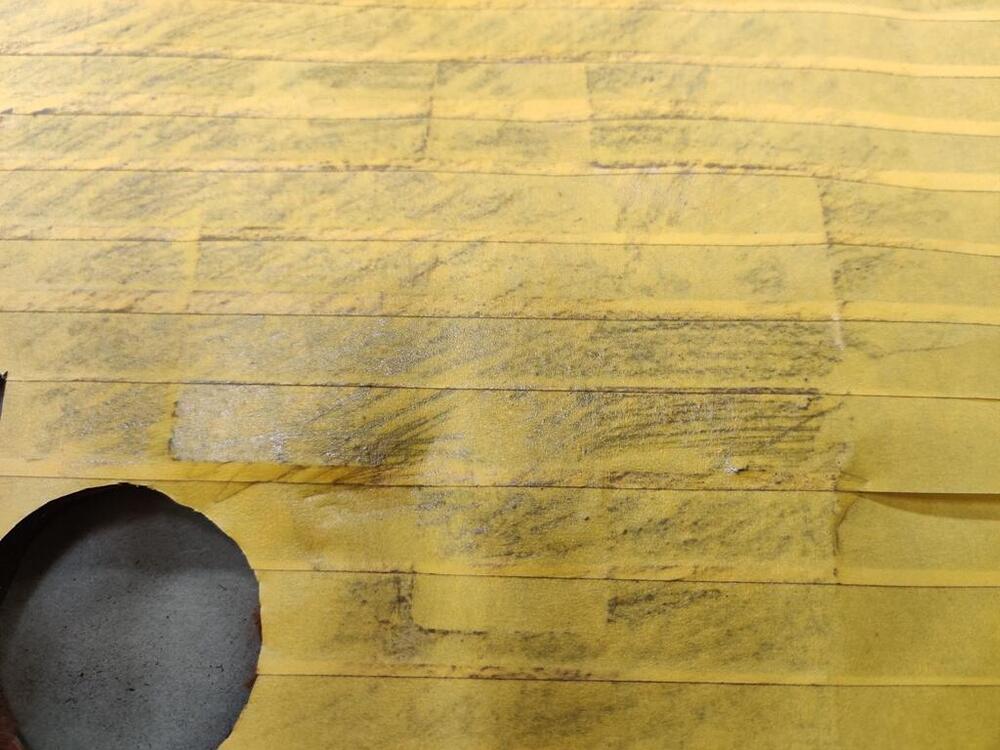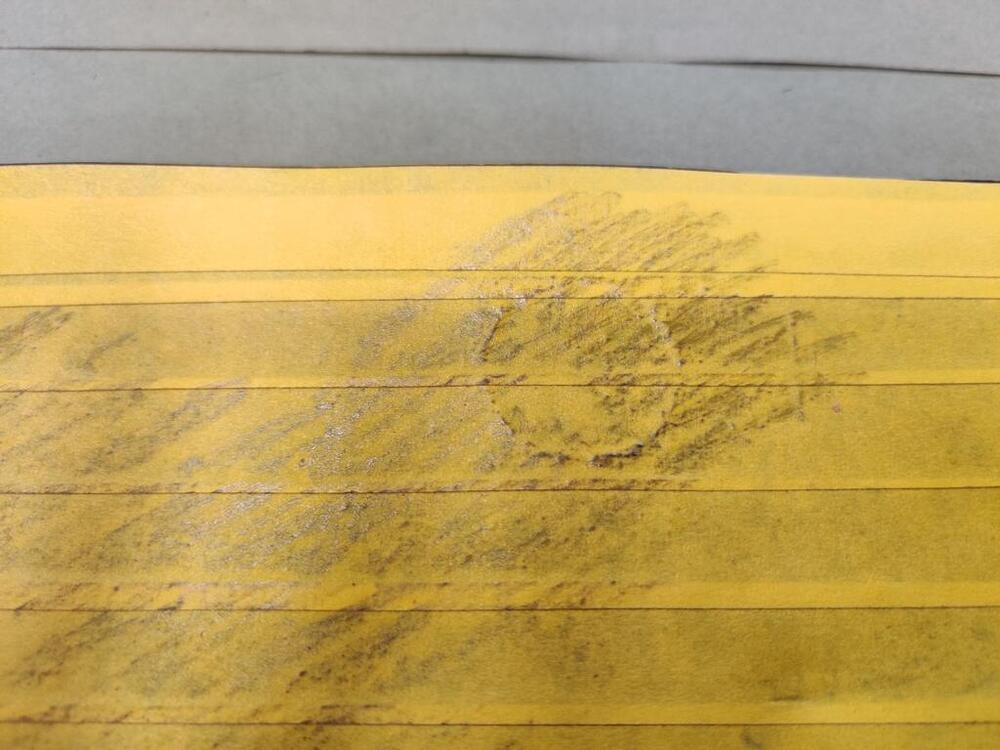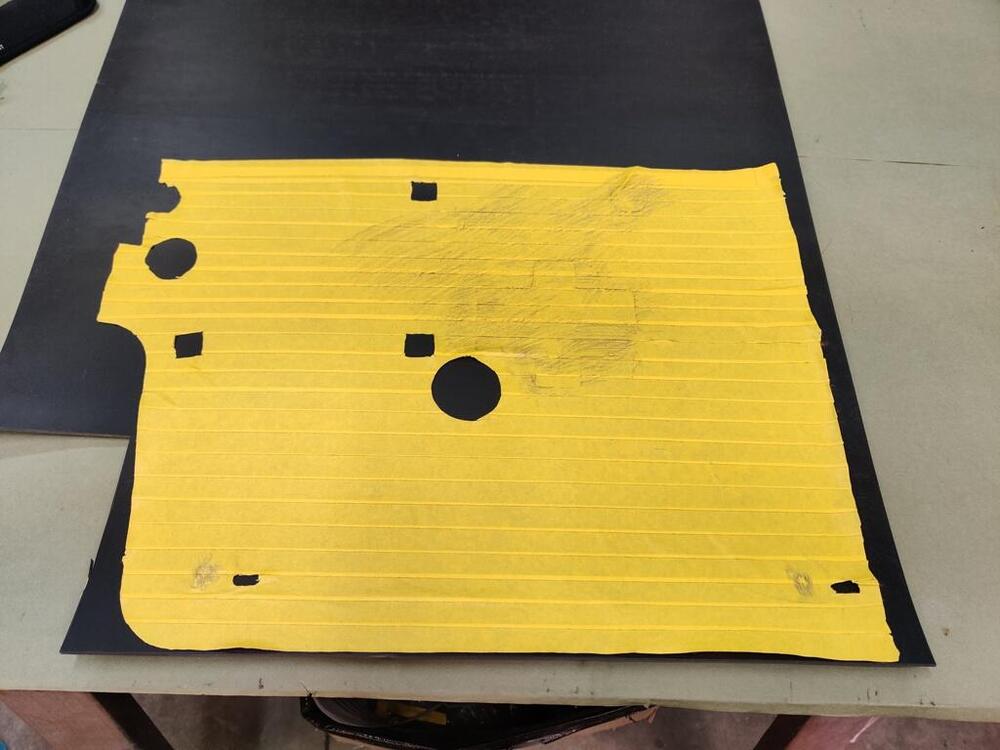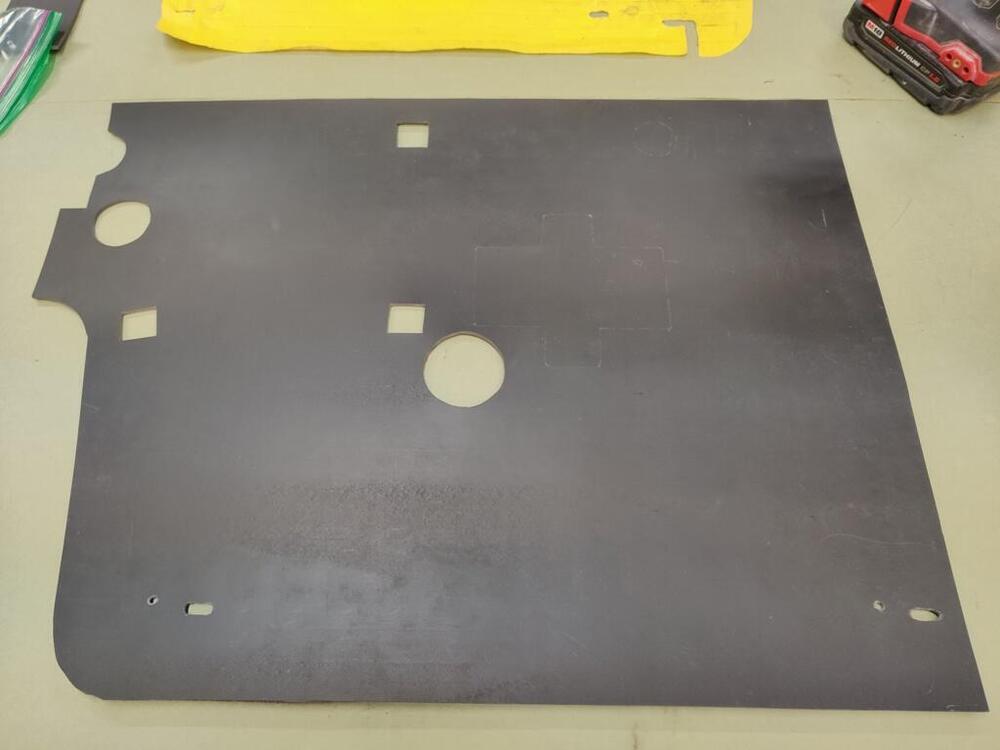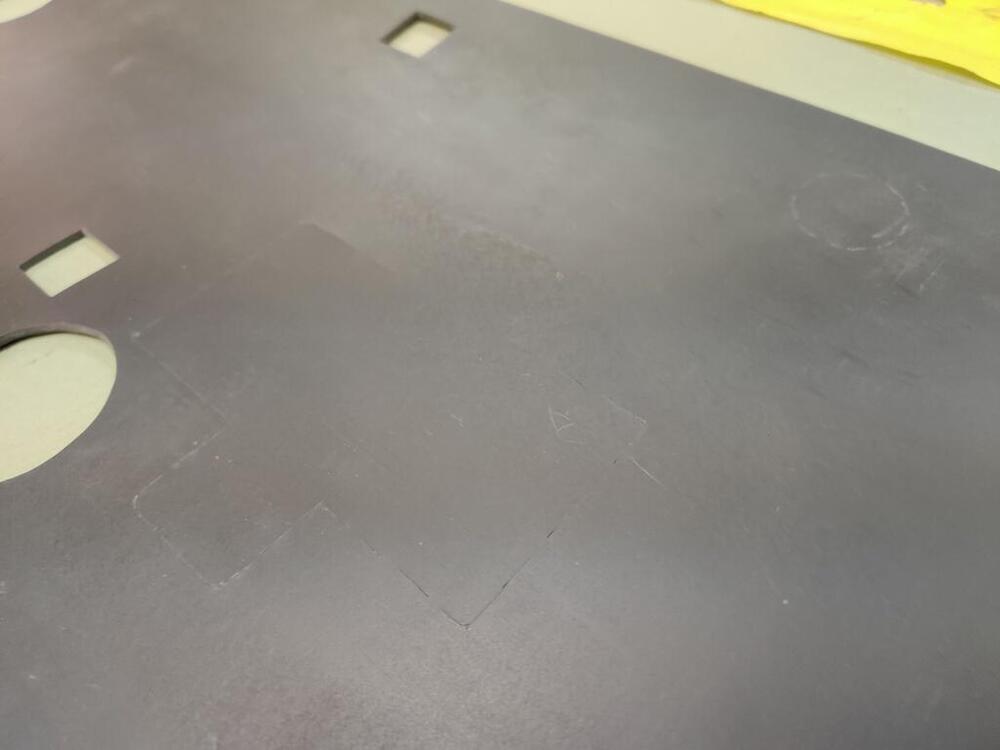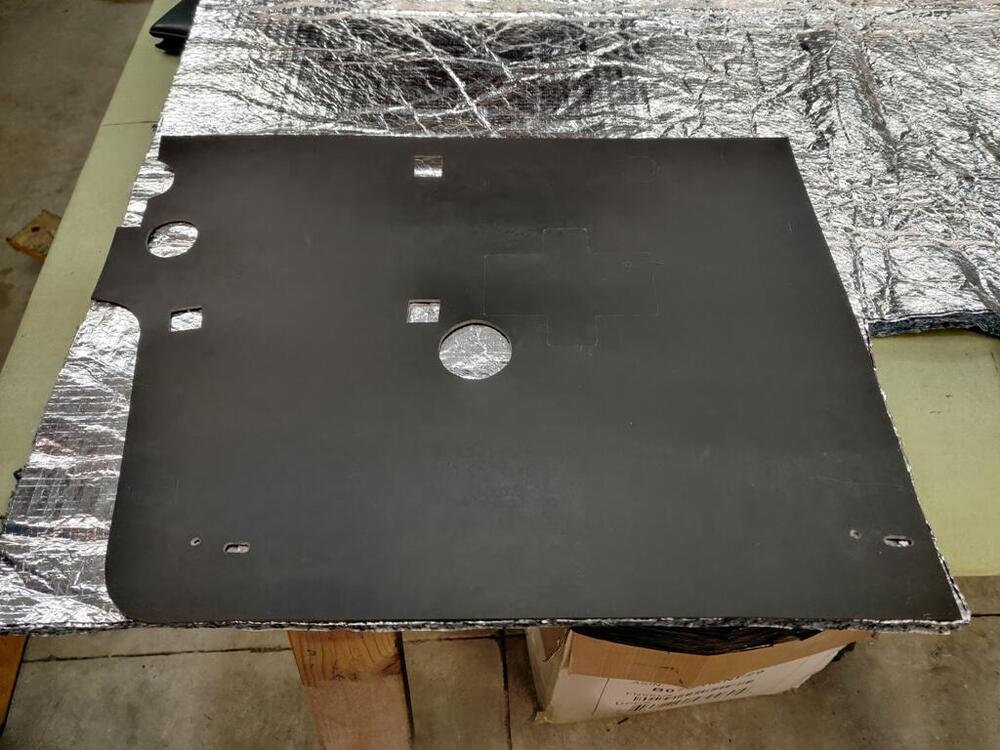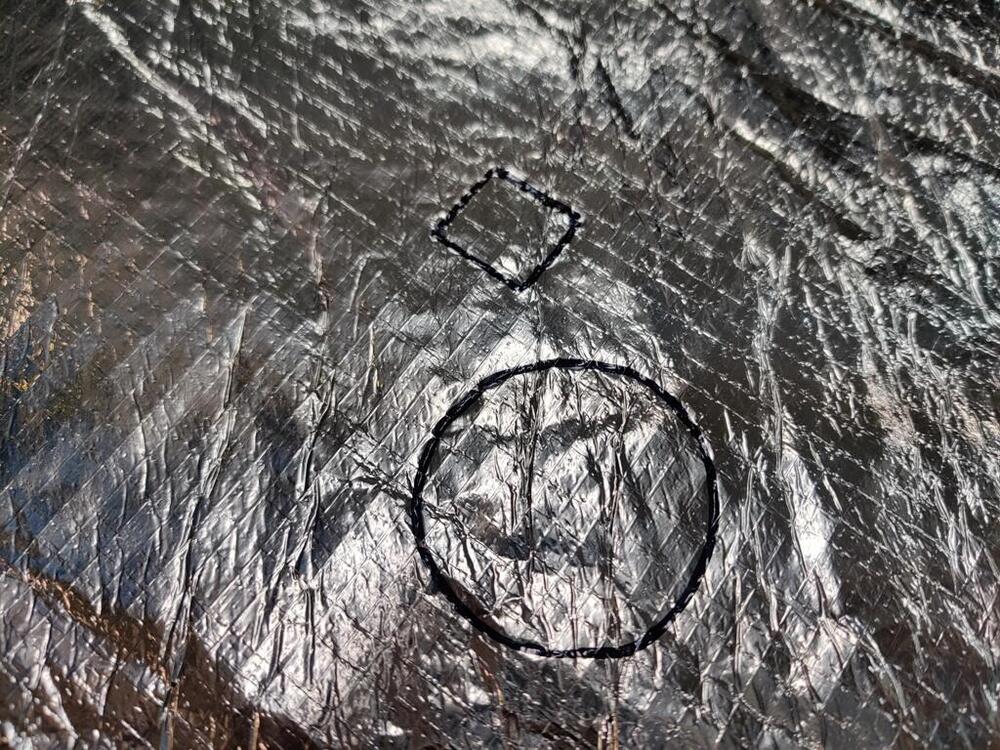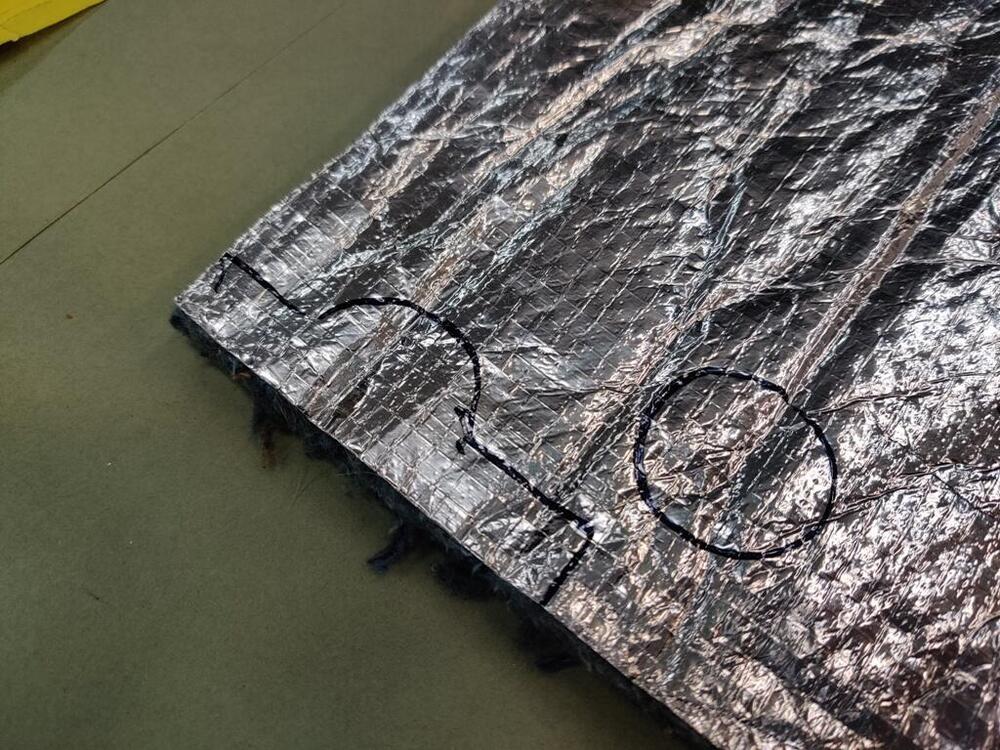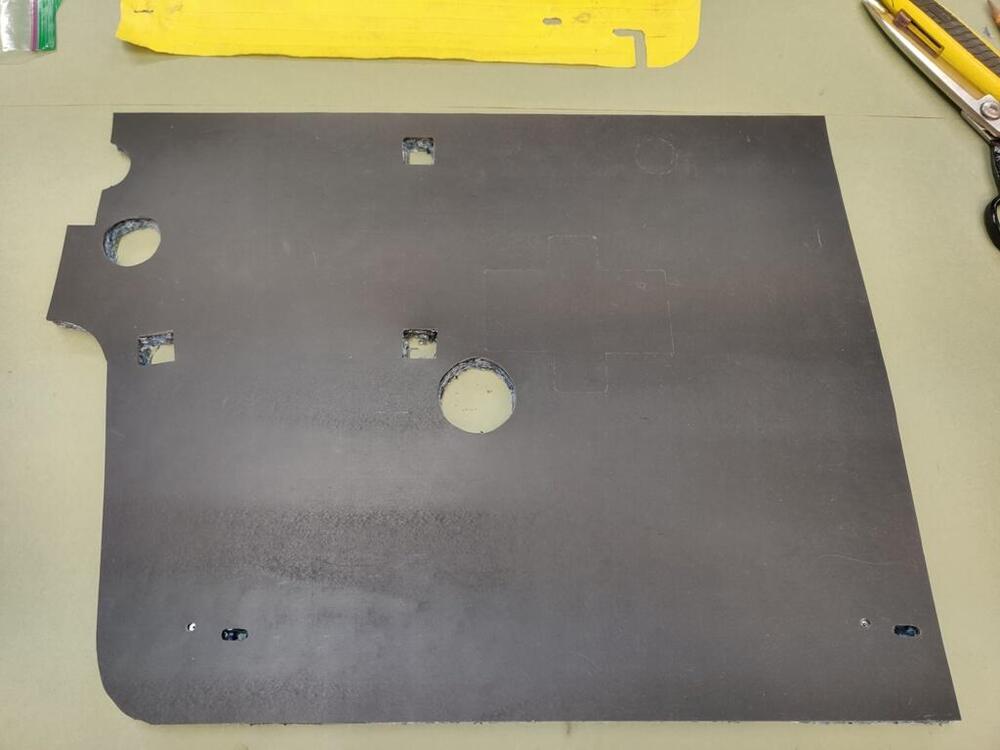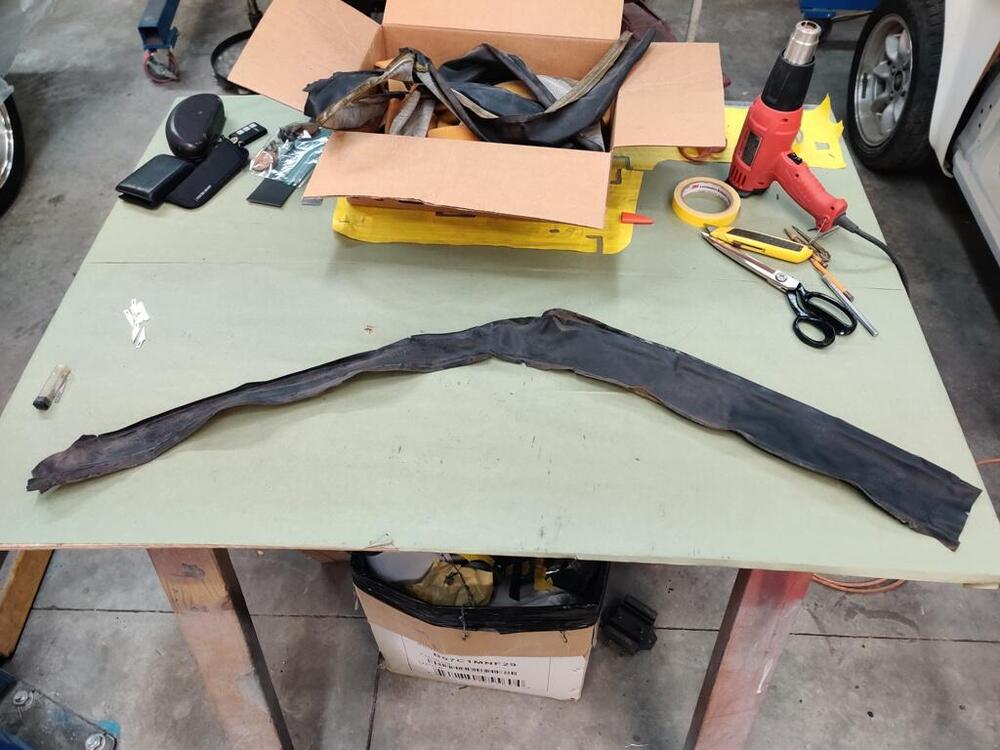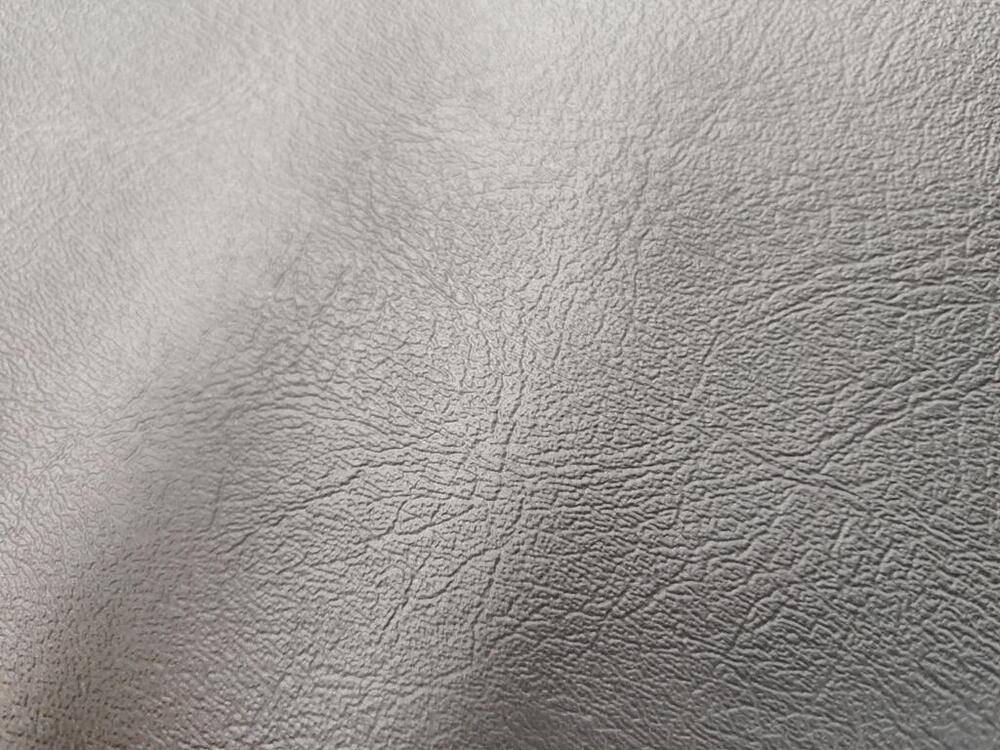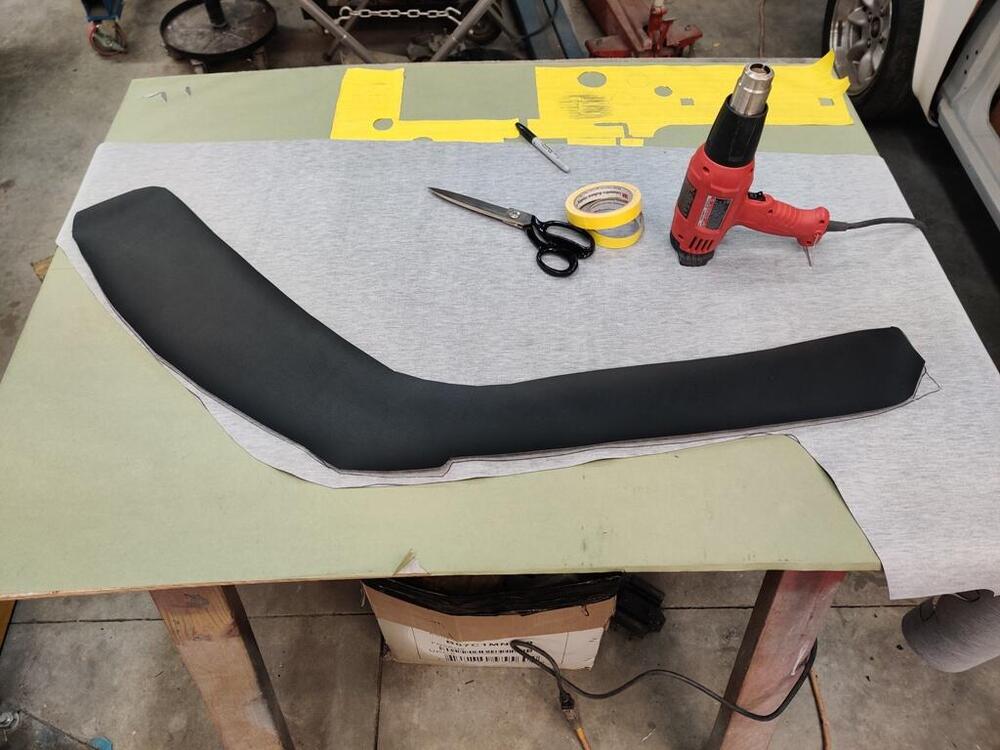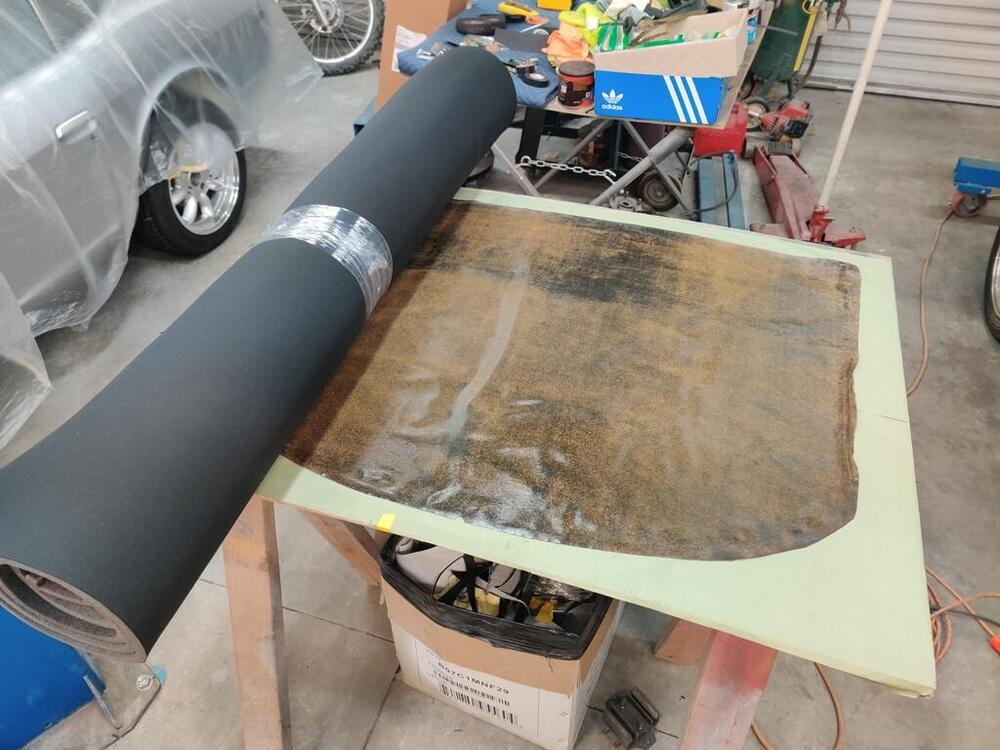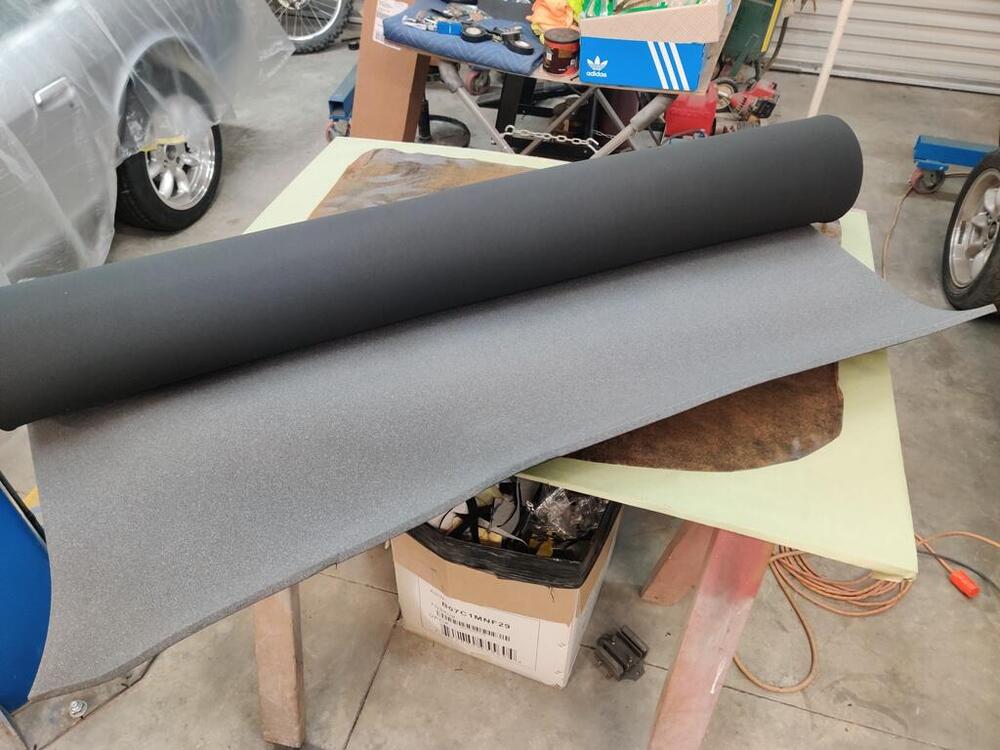Everything posted by inline6
-
Need R200 Differential Advice
I damaged an R180 differential years ago, and it had the same symptoms you are describing. When I would try to turn it from the front flange, it was harder to get turning initially than my good R180. And, I could feel the "bumpiness" as I rotated it, though it was slight. It would lessen if I rotated it quickly. Rotate slow, and it would be very noticeable and even hang up a bit. This behavior wasn't present on the good diff. If I recall correctly, I damaged it by replacing the front seal (behind the front flange) and then torqueing the pinion nut to what felt like 100+ ft lbs... because I didn't have a torque wrench, or some other stupid reason. I knew nothing about the importance of setting the correct preload on the pinion bearings. It's been many years now, so I don't recall how long it took before the noise showed up and I pulled the diff out to examine. It exhibited very much what you describe. I ended up selling it the way it was - it had value because of the unique 3.7 ratio that it was. At any time in your possession, did the front pinion nut come off and get put back on?
-
Need R200 Differential Advice
That clicking noise... It definitely should not be there. It might be the pilot bearing. When you grab the front flange and turn it can you feel the "bumpiness" as you rotate it? I see what you mean about the backlash. Seems to me that either the pinion has moved toward the ring gear, or the ring gear as moved laterally. What I wrote up above would be how I would troubleshoot. And, yes, reading the relevant parts of that manual before diving in would be wise.
-
Need R200 Differential Advice
It is the front-most bearing on the pinion gear - in the nose of the differential - blue arrow. Also, note that this manual has been added to the resource section a couple of days ago:
-
Restoration of BringaTrailer 240z - HLS30-35883
I so badly want to say that Nissan found one more roll of original jute laying around and I was able to source it! 😛 However, I was able to get it from martrim.co.uk. Here is my order info: That is about $186 given current exchange rates, and given how heavy and large it is, I would have figured just shipping would be that much! From the picture, it looks like it is dark colored throughout, however, it is only colored on one side and on the edges. On the opposite side, it is tan. But, it is the closest thing that I can find to the original jute after looking A LOT over the last few years. Now, I need some accurate templates for cutting the jute to match the factory ones.
-
Need R200 Differential Advice
I have been rebuilding an R180 and have learned a few things. Regarding backlash, I don't have to hold the pinion gear. All I do is fix the magnetic base and arms and dial gauge so that the motion of the rod on the gauge, when rocking the carrier, is vertical to a gear tooth. You don't want the dial gauge motion to be at an odd angle to the motion of the gear. Moving the rear carrier assembly by pushing on the gear teeth of the crown gear is easy, and the free play as the gear teeth smack into the pinion gear is very easy to measure. So, you have none... that is odd. Differential problems more often occur with the front bearings. That said, don't go taking everything apart to investigate. If it was me, I'd double check the lash measurement first. If still zero, than I think I would assume that the pinion gear has moved toward the crown gear, from some kind of change (damage) one of the bearings on the pinion gear. Pilot bearing would be the first from a probability standpoint. The front and rear pinion bearings are very beefy. That said, I would not remove the pinion nut or disassemble anything relating to the pinion. I would remove the carrier from the case, and then spin the pinion gear to check for bearing noise. It should be quiet. If not, then I'd suspect the pilot bearing. Very important - Troy Ermish recently told me that he never takes apart the pinion gear/bearings... ever. The reasoning is basically that it is exceedingly difficult to get the pinion gear set correctly when replacing the bearings. Part availability is a big reason for not messing with it. If it was me, and I confirmed noise was coming from a bearing on the pinion, I'd disassemble the pinion (hydraulic press work) and check the pilot bearing (after removal from the pinion gear and case. When you have just the bearing in your hand, you'll be able to confirm if it is bad. Before the next step, I'd put just the carrier back in the case, tighten everything down and check that there is some load (preload) on the bearings. Then spin the carrier by hand to check for noise from the side bearings. Depending on what you find there, side bearings can typically be replaced without additional issues/consequences. Back to pinion. Remove the carrier from the case as you are done with testing that. Then, I'd put the pinion gear back in with the existing gears and spacers, etc. And I'd spin the pinion to check for bearing noise from the front and rear pinion bearings. If they seem fine, then I'd invest in a new pilot bearing, install that, and follow the instructions VERY carefully for setting pinion bearing preload. When that is within spec, I'd install the rear carrier, and check back lash. Use all the stock shims everywhere they are - change nothing. If the lash is within spec, I'd proceed with checking the wipe pattern. That should look good if you don't replace the pinion bearings and use all the same shims/etc. If that checks out, then install the diff in the car, put oil in and test drive. If you still have a problem, I'd recommend looking for another R200. Carriers, (your LSD unit) can be swapped to other differentials with relative ease. Of course, if you have gotten to the point of needing another diff, then checking out the LSD thoroughly before you swap it is ground you should have already covered as well.
-
Restoration of BringaTrailer 240z - HLS30-35883
-
Quaife LSD Installation in R180 - With Questions About Installation Also
There is a spec for runout on the crown gear in the factory work shop manual. Pretty easy for me to check. Regarding the securing of the crown wheel, the bolts were very tight, meaning no slop when securing the crown wheel. And the gear was a tight fit on the carrier as well. I actually had it clocked a touch and couldn't spin it while on the carrier - I had to slide it back off and re-align and slide it back on to get the crown gear bolts to align. I will measure runout before long and post it here.
-
Quaife LSD Installation in R180 - With Questions About Installation Also
I happened across this 10 pack of .005" International FAK8492 Front King Pin Shim Set on eBay tonight. And these in a .010" thickness on another site: https://www.fleetrite.com/parts/front-axle/king-pin/fltkp8493-king-pin-shim-kit Do these look promising? The stock spacer/shim is nearly the same ID and has about a 2.13" OD These are 1.39 ID and 2.24 OD:
-
Quaife LSD Installation in R180 - With Questions About Installation Also
I read these this morning and got some good info and reinforcement from them. Thanks for sharing them. I tried backing of the pinion nut and pressing the pinion shaft down a touch to unload the bearing before retorquing to 101... but the turning torque was still far too much. Long story short, I discovered that I had damaged the "pilot bearing". I had to remove the front seal (destroy in the process) and the pilot bearing. When I ordered all of the diff parts, I ordered two sets of everything because I planned on rebuilding the stock differential as well. I don't know if I will do that, but at least I had spares on hand. How I damaged the bearing is a bit hard to explain. Basically, when you press the pinion shaft in place, if the pilot bearing is already installed, it tends to move a bit from its correct position. Normally, the pilot bearing is installed after the pinion and pinion bearings. It is a lighter press fit the than the pinion bearings. But, since I was working a bit differently with the pilot bearing and pinion seal already installed, when I would press the pinion gear in place the pilot bearing would shift out of place a little. The mistake was putting on the pinion nut and using the action of tightening the pinion nut to squeeze everything together... including shifting the pilot bearing back into place. Once, or perhaps after a couple of times doing that, the pilot bearing got damaged. Along the lines of getting the pinion to mesh with the crown gear has before, have a look at these pics - when I removed the pinion gear today, I noticed the yellow paint vs. the previous wear on the pinion gear: Do you see how the yellow gear marking compound does not quite start at the same place as the old wear line in the above pictures? And, in the below pictures, the yellow extends a bit past the wear marks (I rubbed it off partially so I could see the wear line). I find that to be very interesting. This seems to indicate that the pinion gear is still not extended out as far as it used to be to match the assembled location from the factory! While the pinion gear was out, I installed the carrier and side flanges to check the pre-load on those bearings. It has some... and it feels very similar to the pre-load on the pinion, before I damage the bearing. I think the side shims are sized correctly, so I will not be messing with changes there. My next step is to make 8 more shims and stack them with the first 8 and see how things look. I put together this set of changes based on my experiments thus far. I don't know if it is actually accurate, but it is based on what I have seen with my various changes. shim thickness backlash movement 0.126 .020-.021 0.130 .017-.018 3 to 4 thou 0.134 .014-.015 3 to 4 thou 0.138 .011-.012 3 to 4 thou 0.142 .008-.009 3 to 4 thou 0.146 .005-.006 3 to 4 thou 8 more shims should give me something close to the .142 thickness. We'll see where that puts me. I will be shooting for .005" backlash as that is what it was before I took it apart.
-
Quaife LSD Installation in R180 - With Questions About Installation Also
Thank you for the compliment. Even with all the Subaru diffs that interchange, the supply these R180 diffs seems to be more scarce as of late, and they seem to be much more expensive. Since I can't find info like this, I am attempting to capture as much as possible to help both myself and others if they find themselves in the same situation. We shouldn't have to accept that pinion bearings can never be replaced.
-
Quaife LSD Installation in R180 - With Questions About Installation Also
Yes to the question about the pinion shims and washer (4 and 5) - this differential only had one pinion washer and no shims at that location. I am stacking the .001" shims at item 4 location. Oddly, the side retainer shims do not appear to be in that picture. The side retainer shims can be seen in this picture. 9 and 18 are probably in the stock carrier, which I am not using - I have replaced with the Quaife unit: Note that I have not and will not be touching #30 in your picture. Therefore, the "stack" of parts between the front and rear pinion bearings is staying the same. I was able to achieve correct pinion bearing pre-load with about 124 ft lbs of torque on the pinion nut (a couple of times). So, I am hopeful that none of those parts needs to be changed. From your comments about getting the mating of the gears as close to what it was as possible or they may sing/make noise, I will make all the effort I can to make the wipe pattern ideal. Too much back lash impacts the wipe pattern a lot. So, getting the backlash back to .004" or .005" (what I measured before taking it apart from stock) is going to be a goal here. Another thought I had today: just as the pinion spacer has to change because of the new bearings, so it is possible that my side retainer shim "stack" may have to change. The side retainer bearings also were replaced with new. And, as such, they may have slightly different thicknesses from the ones that came out. If so, that changes the preload on the side bearings. I don't have the factory tools, so I can't follow the procedures in the differential manual, but it has been quite helpful. The next time I take the carrier and pinion gear out, I will assemble just the carrier portion to make some kind of assessment on the preload for the retainer bearings.
-
Quaife LSD Installation in R180 - With Questions About Installation Also
Thanks for the links. I will check them out tomorrow, as I continue to think through everything, especially after my experimentation today. From my efforts today, I realized that moving the side shims changes back lash a lot. My issue is, I can't get the backlash in spec just by moving the side shim(s) as the manual instructs. As assembled at the factory, this differential has one left side shim and two right side shims. To reduce backlash, you move shims from the left to the right side. Per the manual, you are not to change the overall thickness of the side shims. Mine are: left = .3mm (0.0118") and right = one .4mm (0.0157") and one .5mm (0.0197"). With everything assembled with factory shims in all locations (including the .126" pinion shim), and pre-load on the pinion bearings set to specification, I had about .020" of back lash. Moving my one left side shim to the right reduced back lash to about .014-.015". With no other shims to shift to the right side, I first became aware of my problem - replacing the pinion bearings changed the pinion to crown relationship from the factory setup. I went ahead with getting some pics of the wipe pattern on the coast and drive sides of the crown gear: Contact appears to me to show heavy on toe (inboard edge of tooth) on coast (first pic), and heavy on heel (outboard edge of tooth) on drive (second pic). Today, I put three shims (supposedly .001" each) in with the .126" pinion adjusting shim. In theory, that moved the pinion .003" closer to the crown gear. I moved the shim that was originally on the left side, back to the left side. I measured backlash at about .018" to .019. I went ahead with getting another set of pics of the wipe pattern on the coast and drive sides of the crown gear: It looks to me like the contact on the coast side is close to the "correct" position. However, on the drive side, it looks like the contact is still too much on the "heel". After posting those pics earlier today, I went back out to the garage, and moved the left side shim to the right, and measured backlash. It was about .010" to .011". That was very interesting - it seemed like I had improved things overall by bringing the pinion gear about .003" closer to the crown gear. As a last iteration today, I cut some more shims. I took the pinion out again, and stacked a total of eight .001" shims together with the .126" factory shim. My thought was that perhaps moving the pinion .008" closer instead of .003", I'd be able to keep the one shim on the left. This time, when I got everything back together, when I torqued the pinion nut to the same 124-ish ft lbs, the amount of effort required to rotate the pinion was much higher than the times before. I backed the nut off again and retorqued. Same thing. Somehow, the pinion turning torque has become excessive - it is difficult to turn by hand. I am not sure what happened but I was using the same torque wrench that I had issues with on the front strut nut. Anyway, I will attempt to sort that out tomorrow. I see the torque spec in the differential manual that was uploaded to the resource section today is 101-123 ft lbs., while my factory service manual shows 122.9-144.6 ft lbs. Dang it. Anyway, I measured backlash, again with the side shims back in their factory locations. This time, I got about .014"-.015". So, with the side shims in their factory locations, I appear to have progressed from about .20" with the .126" pinion shim, to .018"-.019" with the three .001" shims added, to .014-.015" with the eight .001" shims added. And when moving the left shim to the right in combination also, I measured backlash at about .014-.015" with the .126" pinion shim, to about 010"-.011" with the three .001" shims added, and about .007"-.008" with the eight .001" shims added. It took most of the day for me to work on this. In conclusion, stacking a bunch of home made .001" shims in addition the existing factory shim which is between the rear pinion gear and the rear pinion gear bearing, does not change backlash a lot. But it does change it. By comparison, moving side flange shims has a larger effect on backlash. Either tomorrow, or some day next week, I'll pick back up on this again. It helped to write up all my observations, to get what I found out today on paper... so to speak. I need to correct the bearing preload. I hope I didn't damage a bearing. I wouldn't think that is likely though. I will back the torque setting down to about 100 and see if that puts the preload back in spec as tested by checking turning torque with the Quaife unit out of the case. If I can get that in spec again, I'll check the tooth contact pattern and see how it looks. I am somewhat excited that I was able to get backlash within spec. I think this is decent progress.
-
Quaife LSD Installation in R180 - With Questions About Installation Also
I have a magnetized base and dial gauge. I attach the magnet and arms and gauge on the back of the differential to the surface that the rear cover bolts to. I get the arms situated so that the dial gauge pin is vertical with and sitting on a ring gear tooth. Moving the carrier one way, then the other by hand, you can measure the amount of free play, which is the backlash.
-
Quaife LSD Installation in R180 - With Questions About Installation Also
I don't see it in the resources section yet. After stacking .004" of shims to the existing pinion adjusting washer, and putting the side shims back in the original locations, here is where I am with measurements: Backlash is between .018" and .019" (factory specification is .0039" to .0079"). Here are pics of the wipe pattern from before adding .004" in shims: And after - note that I moved the .011" side shim from the right to the left at the same time. I dunno. While the first pic (coast side) appears to have the contact in about the right place on the coast side, the second pic (drive side) appears to have the contact too far on the heel. Before I take it apart again, I will experiment with moving the side shim again and check the contact pattern. It's cold in the garage today - making this even less fun than the not fun it is.
-
Quaife LSD Installation in R180 - With Questions About Installation Also
That manual looks very interesting. Seems likely to have far more information about assembling a differential than the factory 240z workshop manual. Thanks for the link - an interesting read!
-
Restoration of BringaTrailer 240z - HLS30-35883
Yep, I installed them yesterday! Thanks for the info.
-
Quaife LSD Installation in R180 - With Questions About Installation Also
They came back to me with requirement for 100 pieces minimum to continue. So, they are now not an option. Thanks for the info on the sizing and material. My next step will be to try to shim stock and assembly to see if I can determine the thickness I need. Assuming that is successful, I will be trying to find a machine shop to make me one out of 1045 or something similar they have on hand.
-
Restoration of BringaTrailer 240z - HLS30-35883
I had today off from work, so I continued on the car. I received this today: I came across the thread that @SteveJ posted about these. When I looked up the price, I couldn't believe how cheap they were. $16.92... plus $14.50 in shipping. So, I opted to buy these Koito H4 units for this car, and I will put the Hella ones on my track day 240z. The side profile is a bit different - it sticks out from the headlight housing, and is not my preference vs. the sealed beams, but the light on the road will be much better. Then I started on redoing the quarter windows. Some of the NOS parts that came with the car included these: After careful disassembly, I noted some of these details. A bead of sealant was put along the outside edge of the channel. Also, you can see some of the black paint that was brushed on by the factory worker. This is more evidence that the quarter windows were in place on this car when that person came along with their brush. 🙂 Also, the little corner piece had a lot of window sealant on it, presumably to help lock it in and keep it from moving. The back, upper corners have extra rubber layers which build out that corner a bit. Without them, the sealing in that corner is not sufficient when the window is installed. Pictured is only one of them. Showing some light scratches and the original finish on the stainless outside surface. Also, the edge facing the back of the door is not stainless and is painted semi-gloss black. Masking for glass bead blasting in the cabinet. A close up of the rubber pad in the upper corner, and one glass, cleaned and ready to install. My very old windshield adhesive hardened inside the unopened tube, so I ordered another today, and set the quarter window project aside. Then I installed the Suspension Techniques rear anti-roll bar. Interestingly, I had to open up the holes a touch which mount the bar to the vertical hangers. The bolts would not fit through otherwise. So, a decent amount done today.
-
Restoration of BringaTrailer 240z - HLS30-35883
I saw, yes. Yet another $120 I would have to spend. Perhaps it was a poor decision, but I thought about it for sure, and decided against it. That is an Interesting point about sealing. I'll need to heat the hose again for sure to get the gas tank installed. I'll investigate what is available to assist with sealing at that connection.
-
Restoration of BringaTrailer 240z - HLS30-35883
Today I put a couple more parts on the car. Because the shop is a bit cool for most of the day, I don't want to mess with gluing anything. So, I am holding off on interior related stuff for a moment. I put the clutch master cylinder on. I find it interesting that the clutch MC is Nabco when the brake MC is Tokico. Is this not original? Then I worked on cleaning up the gas tank fuel inlet hose. I found it interesting that the rubber gasket that went between the bottom of the car and the lower mounting flange was stapled in in place originally. Cleaning the grim and old rubber gasket off took quite a while. Then I had to heat it with a heat gun in order to get the lower mounting support plate onto the hose. The hose is hard and inflexible until you get some heat in it. Then, you have a limited amount of time to work with it until it freezes up rock hard again. I made a new rubber gasket (out of some thin neoprene sheet I have) and put that between the hose mounting flange and the body. The hose is 53 years old hose and as I said before, completely inflexible until you heat it. And it has shrunk a tad. So, lining up the holes and putting in the screws is extremely difficult. I had to heat and re-heat the hose carefully until I was able to get the screws into their holes. Up top, it is part 2 of hell trying get the upper hose flange through the hole in the body. Eventually, I got it - I had to reheat it about 12 times... and my hands were wearing out trying to squeeze the hose and pull the flange through. I went hoarse from screaming at it. 🤪 Then, I had to heat it again, in order to put the gas cap flange on. I found a suitable diameter object to shove into the hose to help spread it in all directions while I heated it. This counteracts the shrinkage which causes misalignment of the holes in the flange to the body. After heating it up carefully (as it is on the body) I pulled the object out and quickly put the rubber flap, flange, and screws in. Note: the original rubber flap that protects the body of the car from the dangling gas cap is cut asymmetrically. The main hole is offset to one side a bit. It is nice to have that bear of a project complete.
-
Quaife LSD Installation in R180 - With Questions About Installation Also
Thanks for offering assistance. At this point, options are good things. I will keep updating the thread as I learn anything new and will reach back out to you if either of those routes look best.
-
Z's on BAT and other places collection
-
Quaife LSD Installation in R180 - With Questions About Installation Also
Here is what I supplied for a quote: Another option I thought of is to contact local machine shops to see if they could make me a shim, or shims. It seems to me that a round bar could be chucked up in a lathe, turned on the outside, then bored and finished to 35 mm on the ID (and chamfered on the ID), and finally, cut off to get me one shim of the thickness I need. I suspect that it would need a touch of finishing on a flat stone. .001" shim stock is on the way to me.
-
1971 HLS30-14938 "Lily" build
I will soon be installing the windshield in my car. In the "How to Restore your Datsun Z-Car" book, Wick Humble recommends installing the stainless trim after the windshield is in the car. I was planning to go that route. I hadn't thought to install the stainless in the gasket before putting the weather strip on the glass. Interesting. Patcon, is your WS a factory one?
-
Restoration of BringaTrailer 240z - HLS30-35883
Today, I was able to finish cutting the materials for the left firewall pad, and complete fabrication of the parts to the right firewall pad as well. For the right pad, I started by heating it up with a heat gun to assist with flattening the bitumen - it had several wrinkles. I used my hydraulic press plates to flatten and cool the bitumen. They are heavy and also helped to cool the bitumen while holding it flat. After getting it reasonably flat, I applied tape and trimmed it so it could be used as a template. As before, I peeled it off of the old and stuck it to the new material. Then, I trimmed the new material to match the tape template. When the new pad was made out of butyl rubber, I laid it on top of the new insulation and marked the cutouts. I used a black Sharpie to mark the foil. I think it took about 3 and half hours to make this part. Then, I grabbed the old header and A-pillar vinyl. Unfortunately, it would be too difficult to reuse because of all the glue on it, and some tears on the left piece. I found some vinyl online that looks kind of similar. Before cutting the new piece, I used the heat gun again to get the old pieces as straight as reasonably possible. Then, I drew on the backside of the vinyl, providing a generous amount of extra on all sides. I cut the piece for the header out first, then one of the A-pillar pieces. Then I flipped over the new A-pillar piece and used it as a template for the other A-pillar piece. Lastly, I retrieved the old headliner vinyl (with foam stripped off of it) and the new foam piece I bought. I am going to attempt to glue the original headliner vinyl to a new piece of foam. I don't have high hopes that it will work well, but I will give it a try. I bought enough of the foam to make a second headliner. If I have to, I will attempt to find a new piece of vinyl that will be suitable for a headliner, and glue it to this foam.




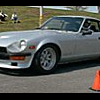
 Subscriber
Subscriber



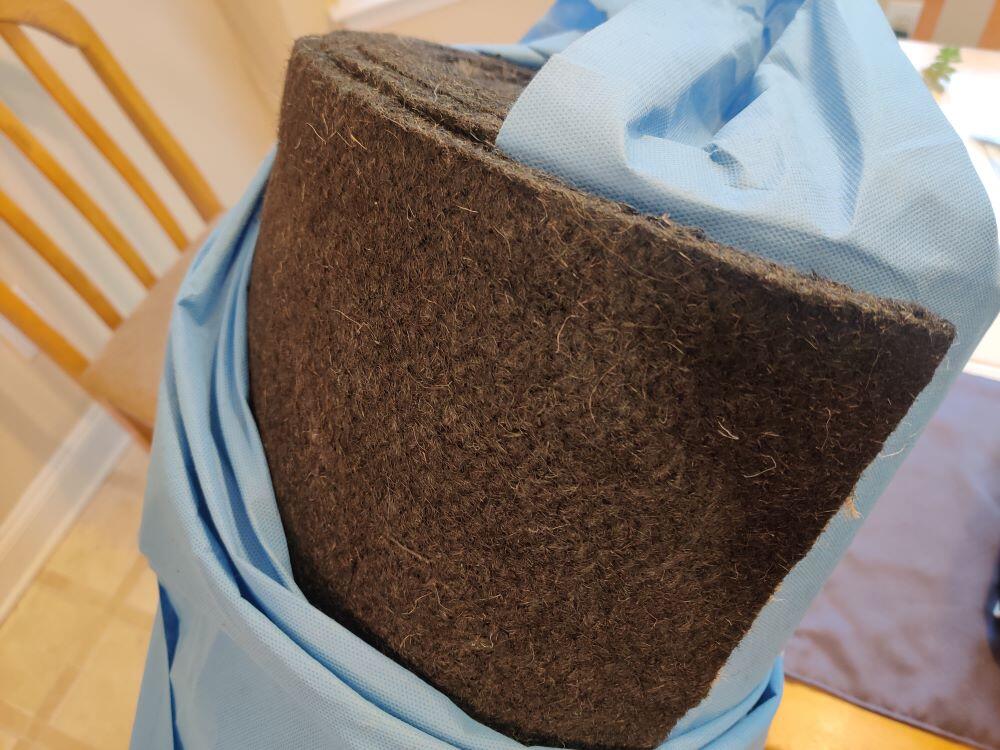
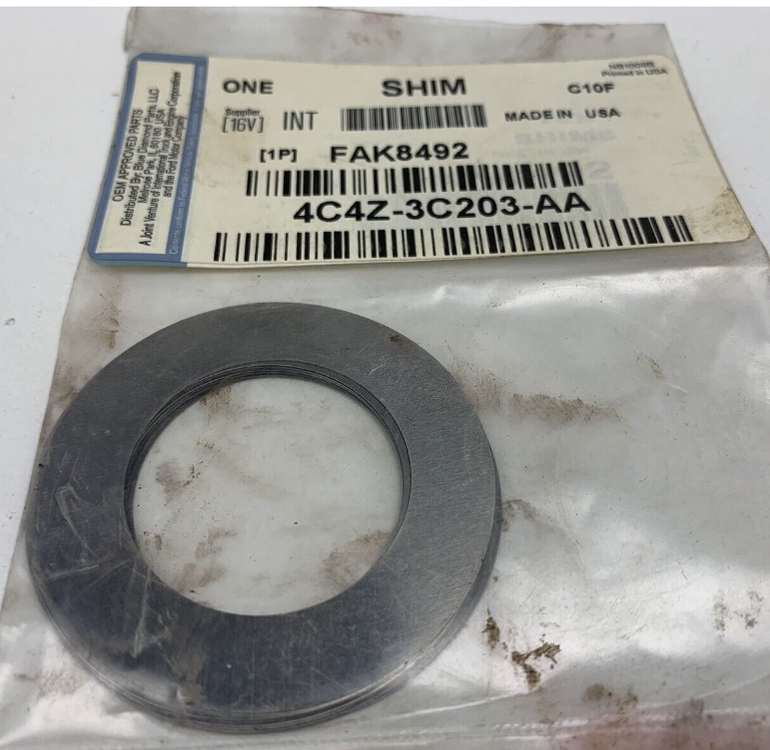
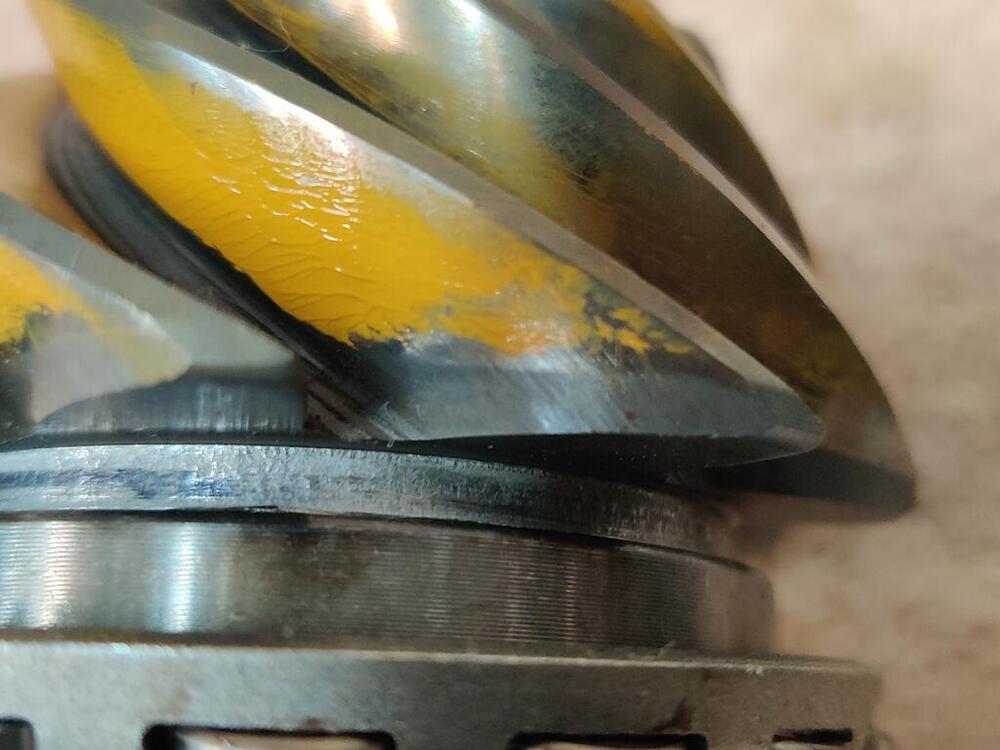
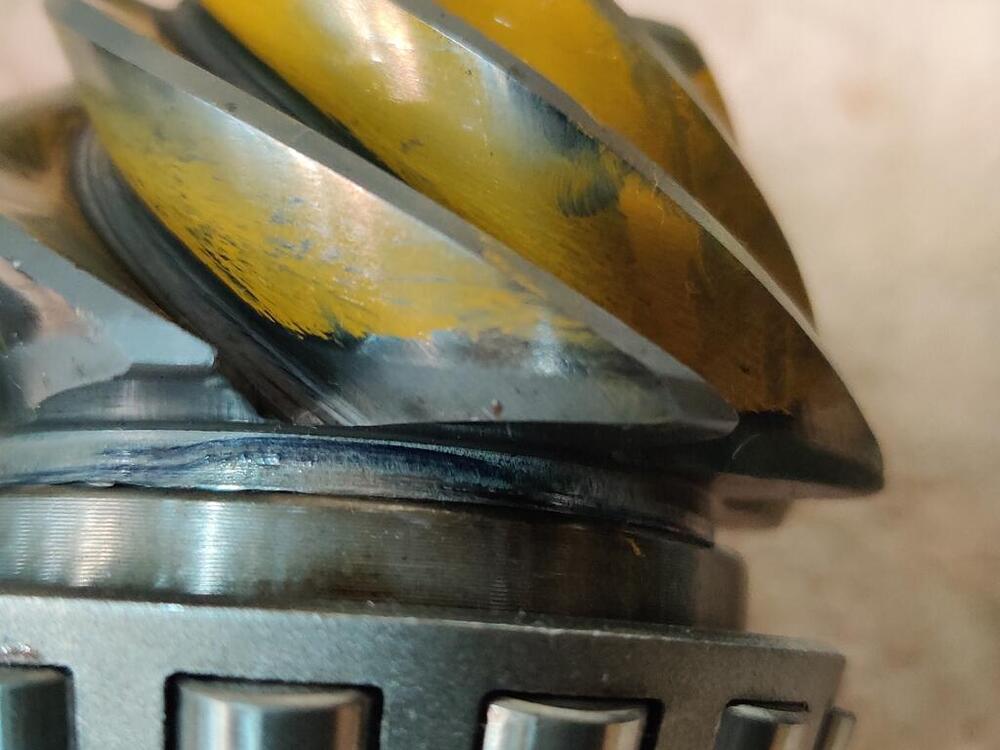
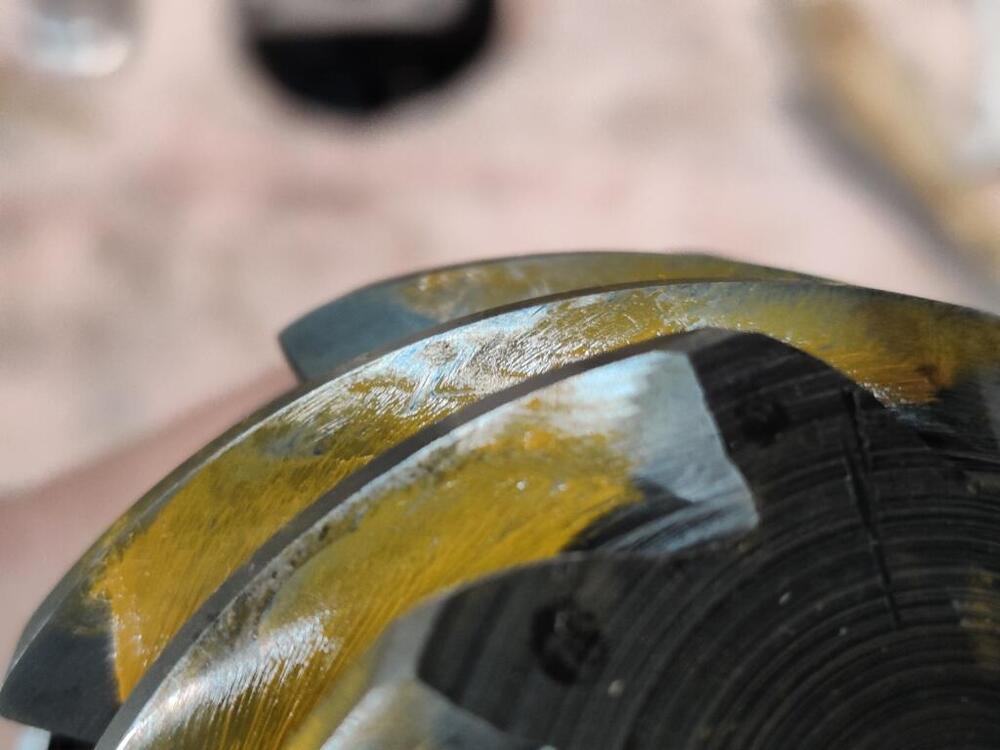


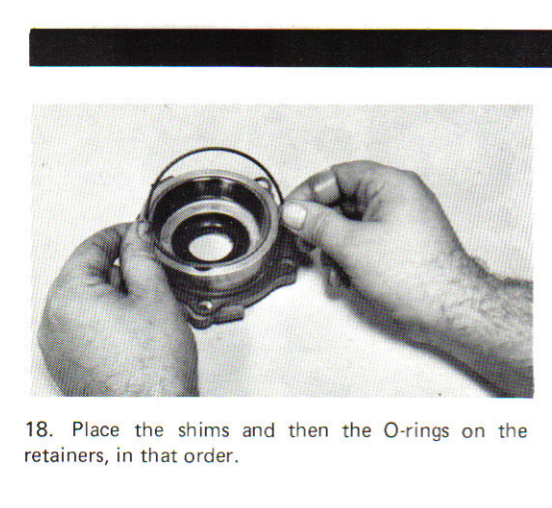
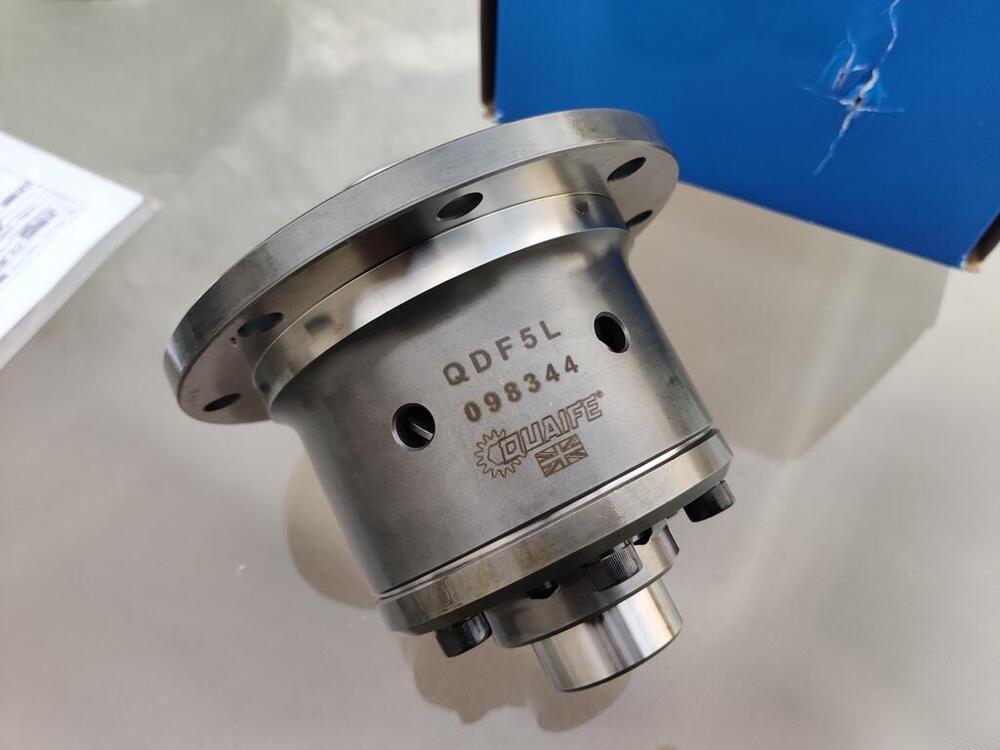
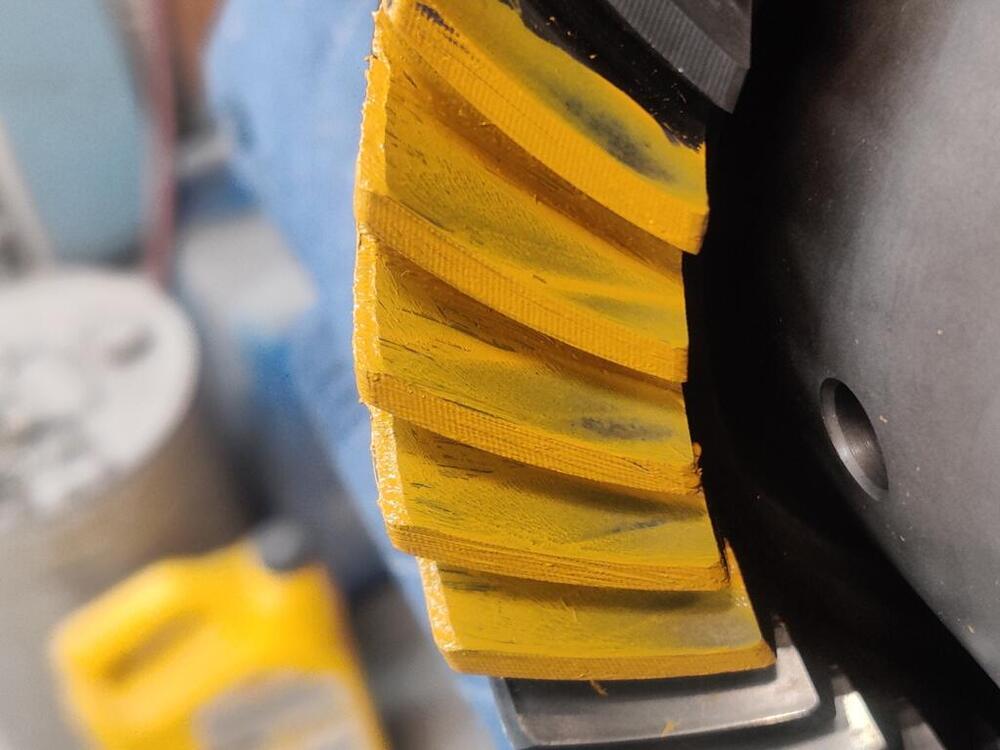

.thumb.jpg.aba2af3f6712678cad1af47825e26c16.jpg)
.thumb.jpg.5321ae98942f8b2d8f9f8bb6ab900828.jpg)
.thumb.jpg.cb5d545f3d74bcc098185eb64cdcdaee.jpg)
.thumb.jpg.cb2c04de86bd6fa4ebab525d23382391.jpg)
